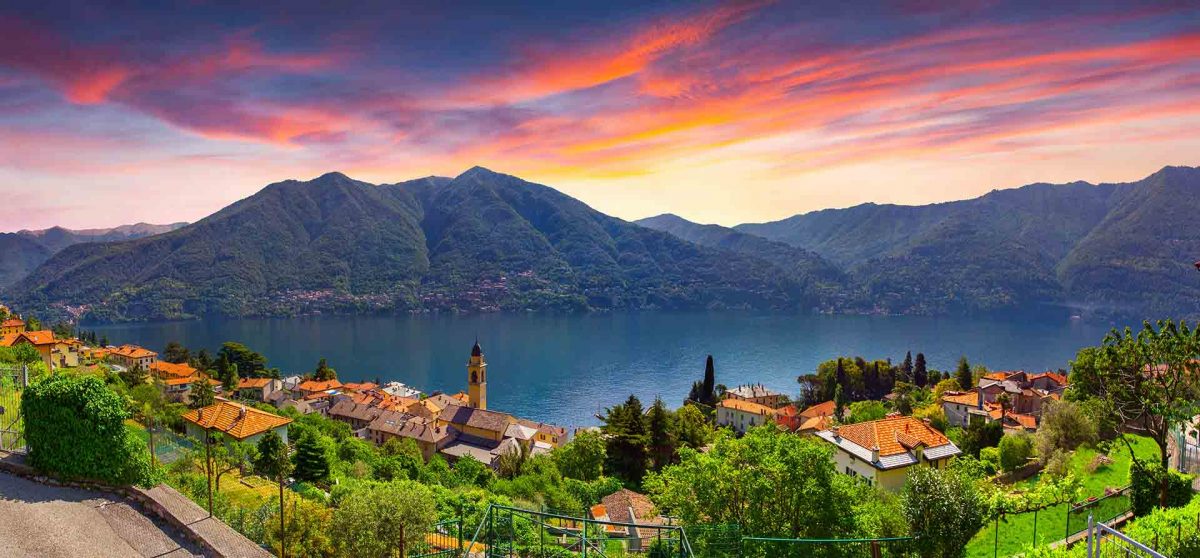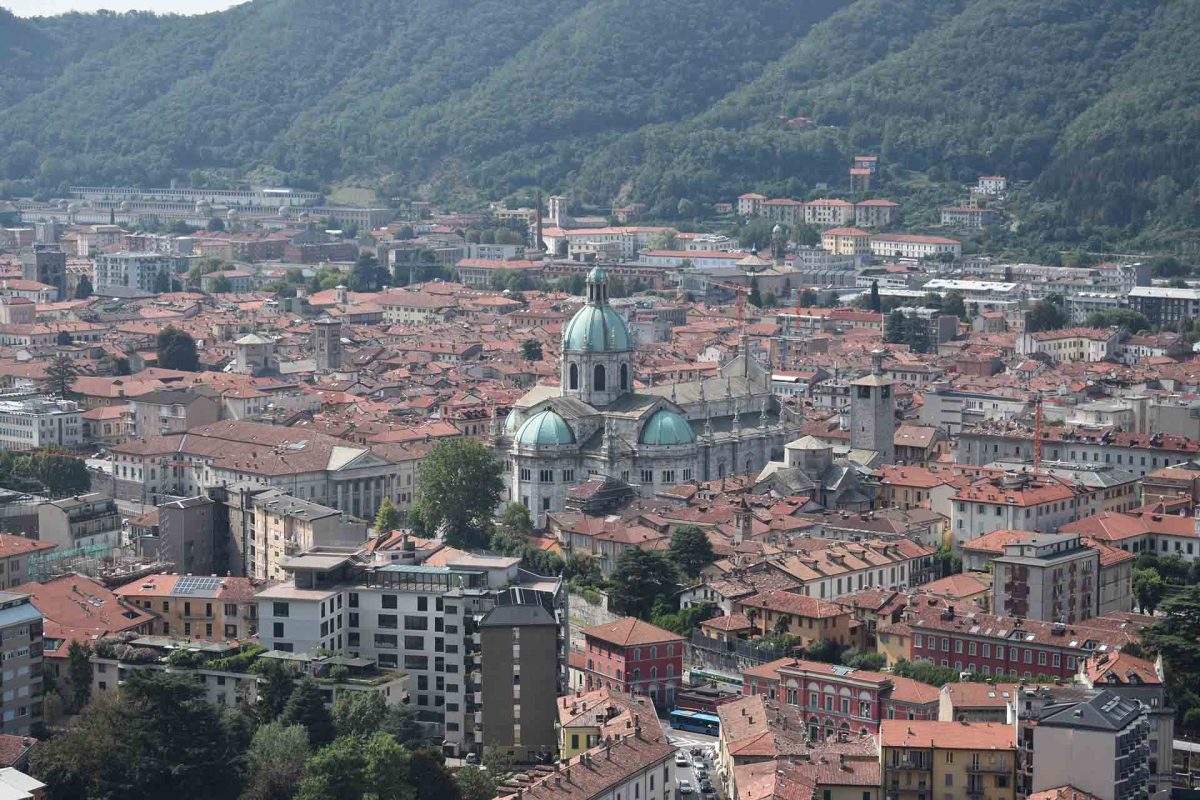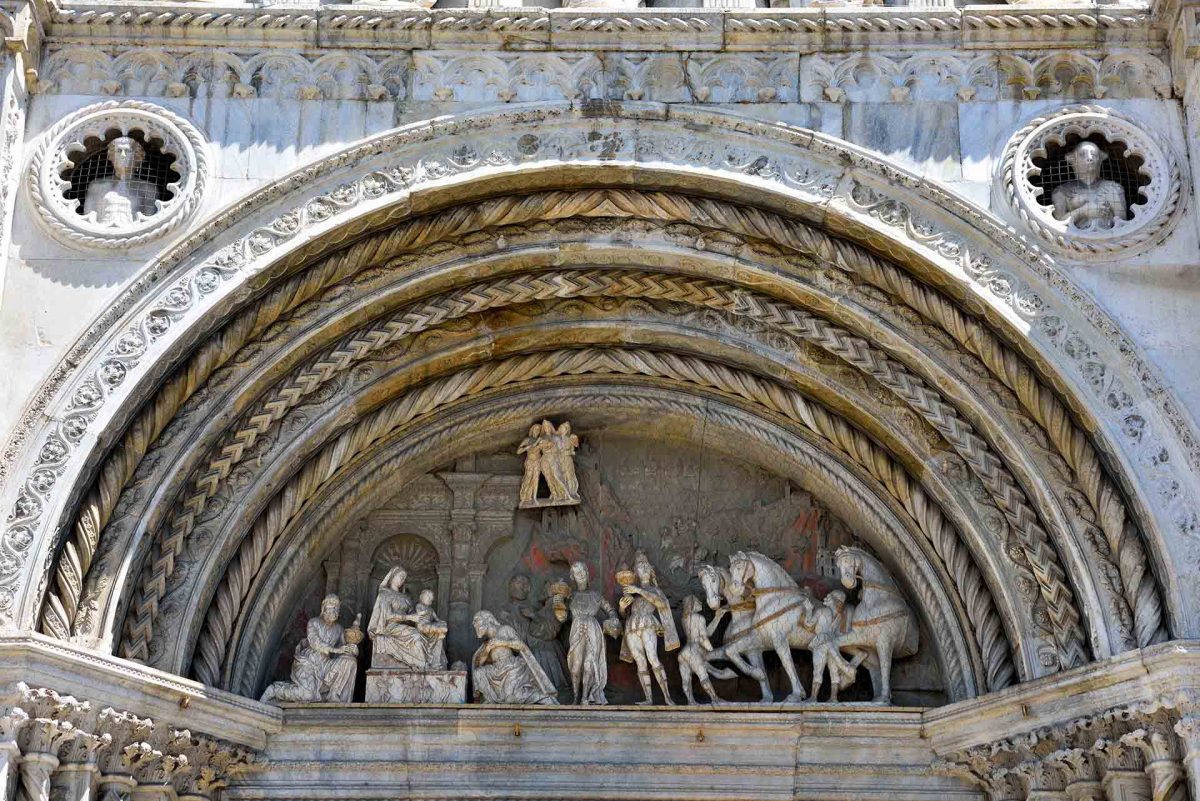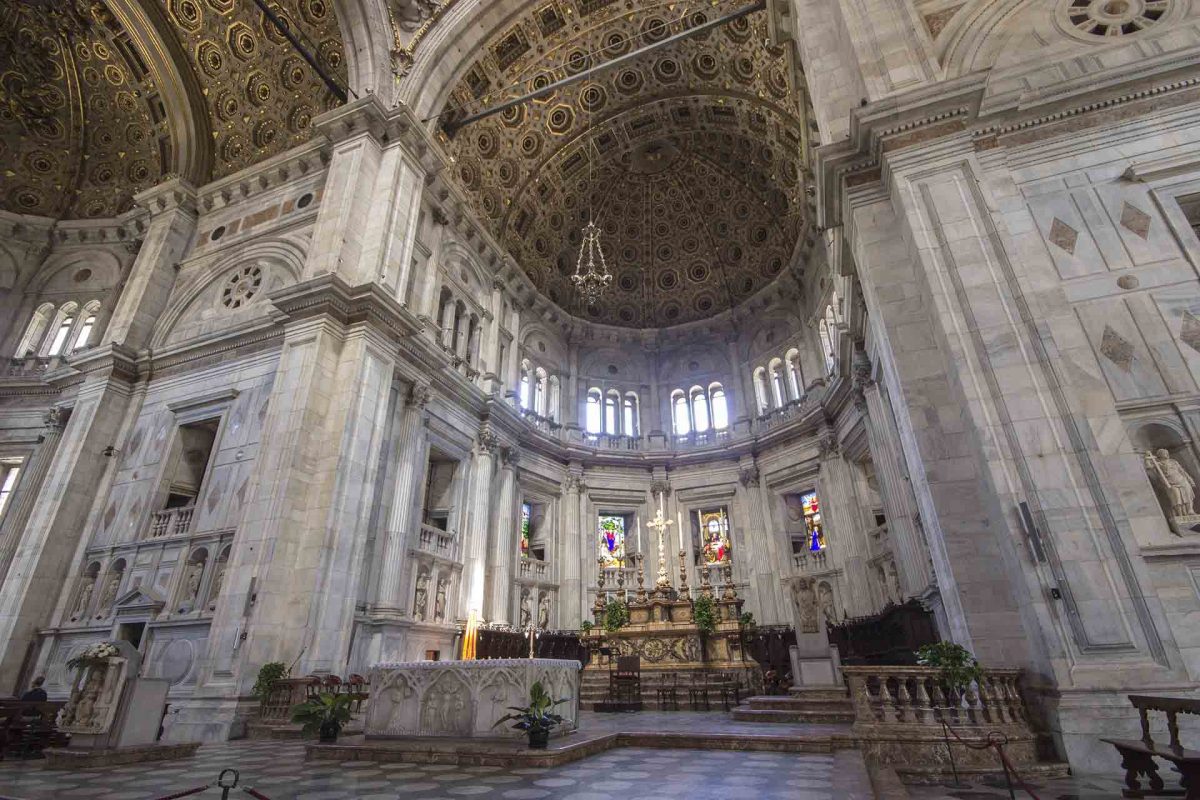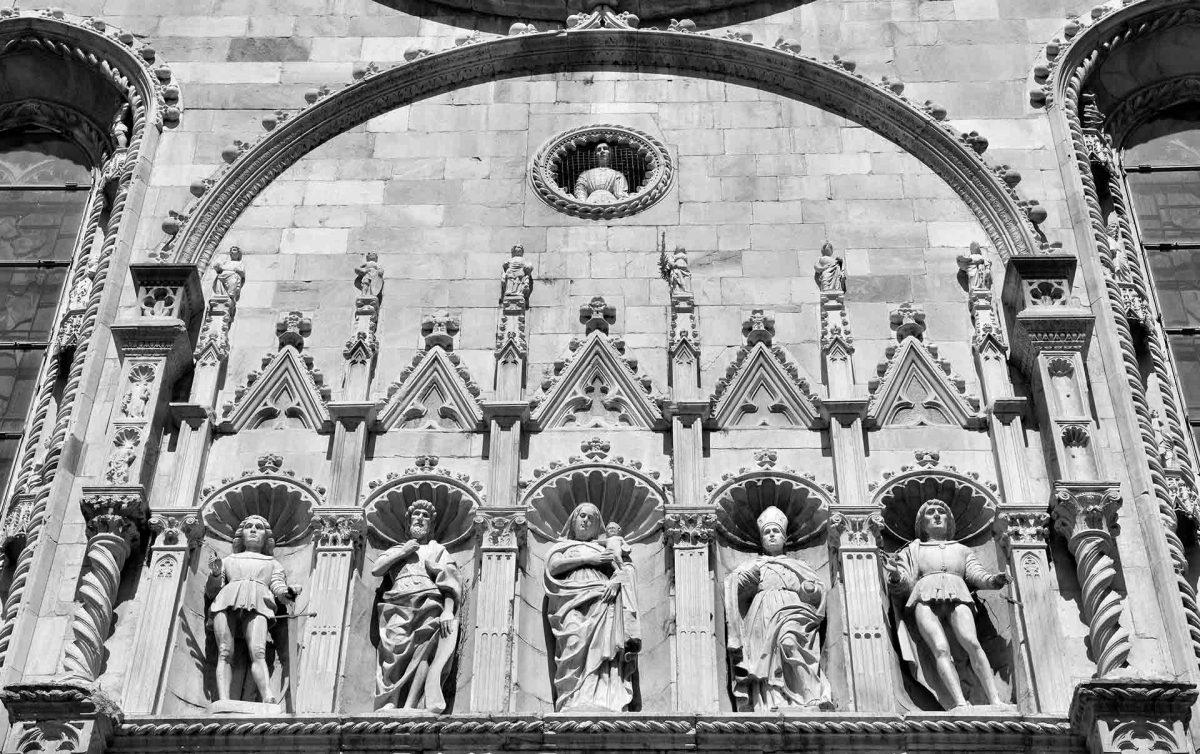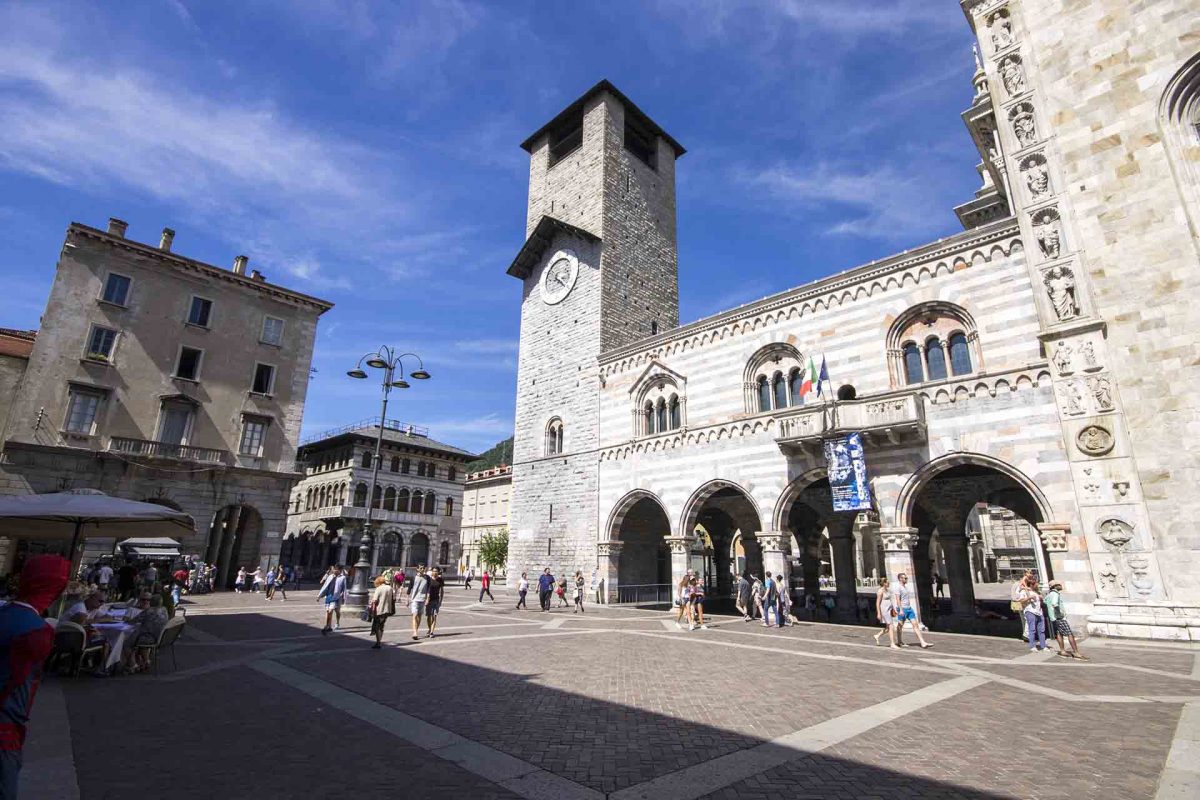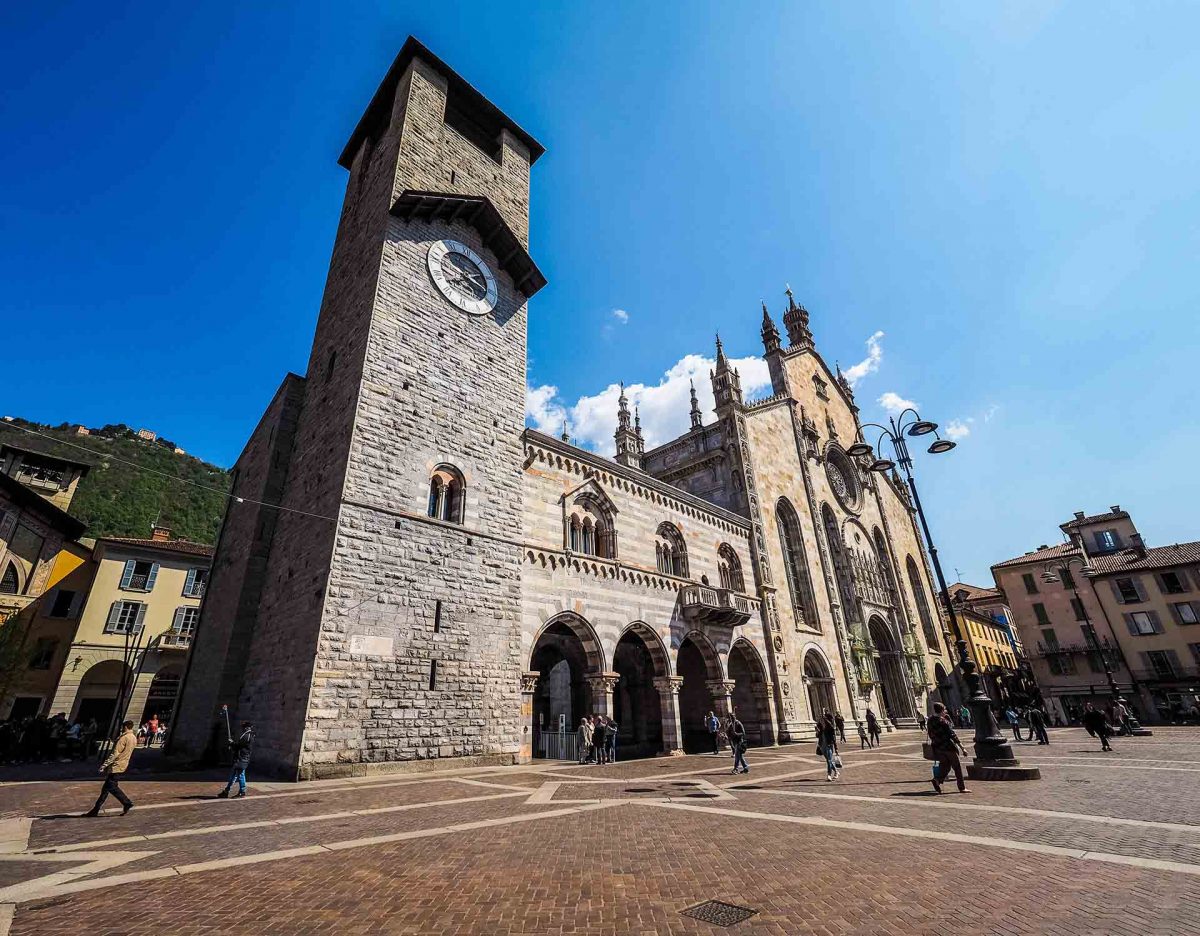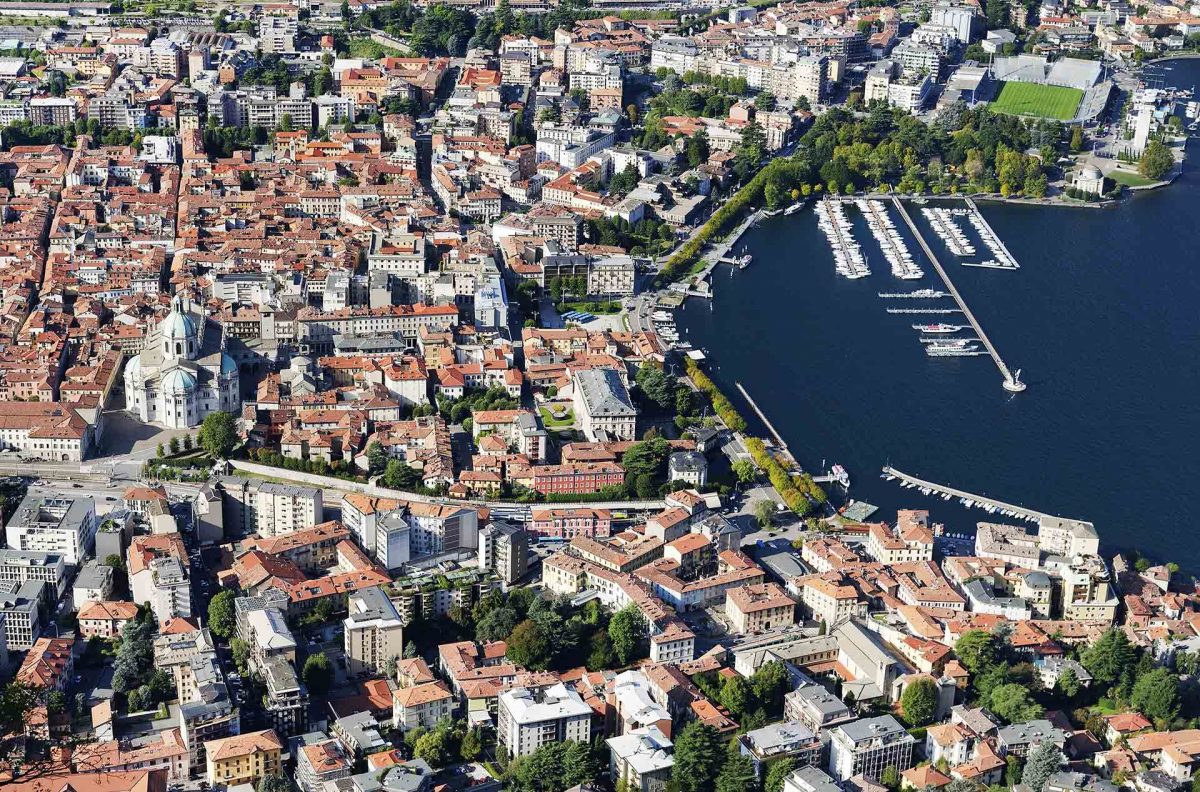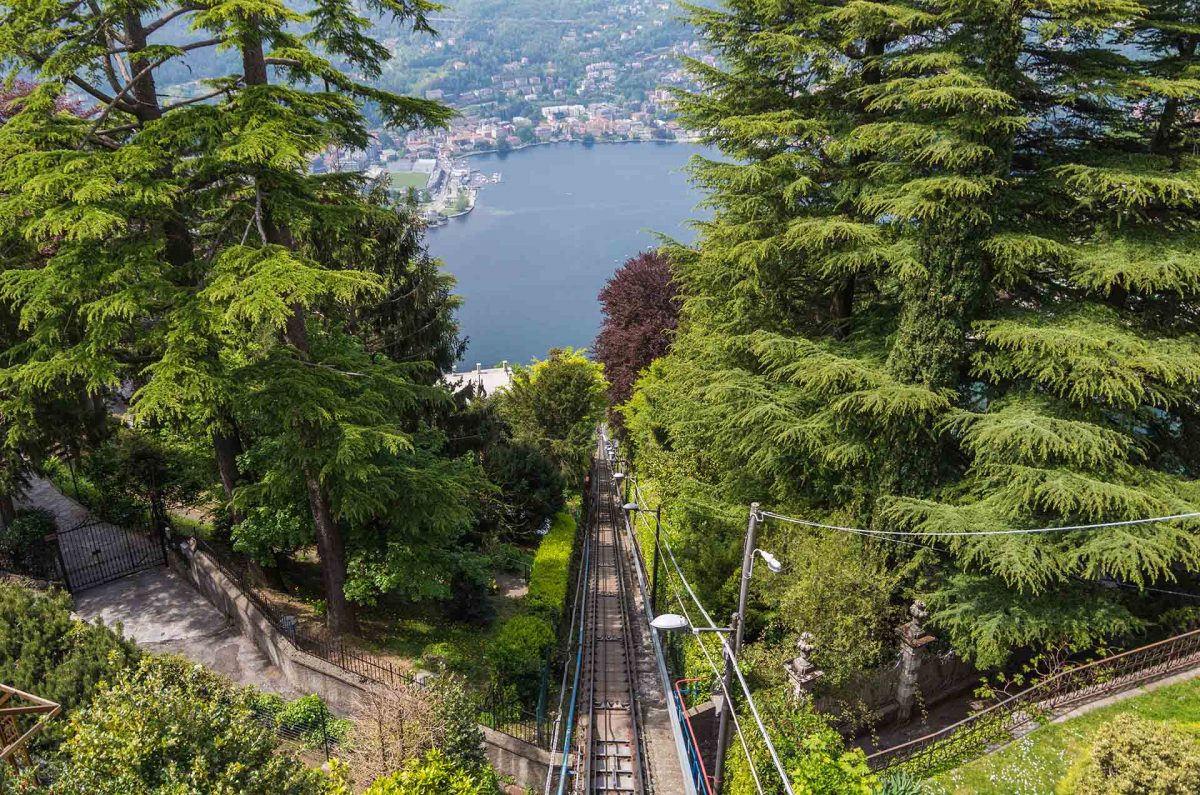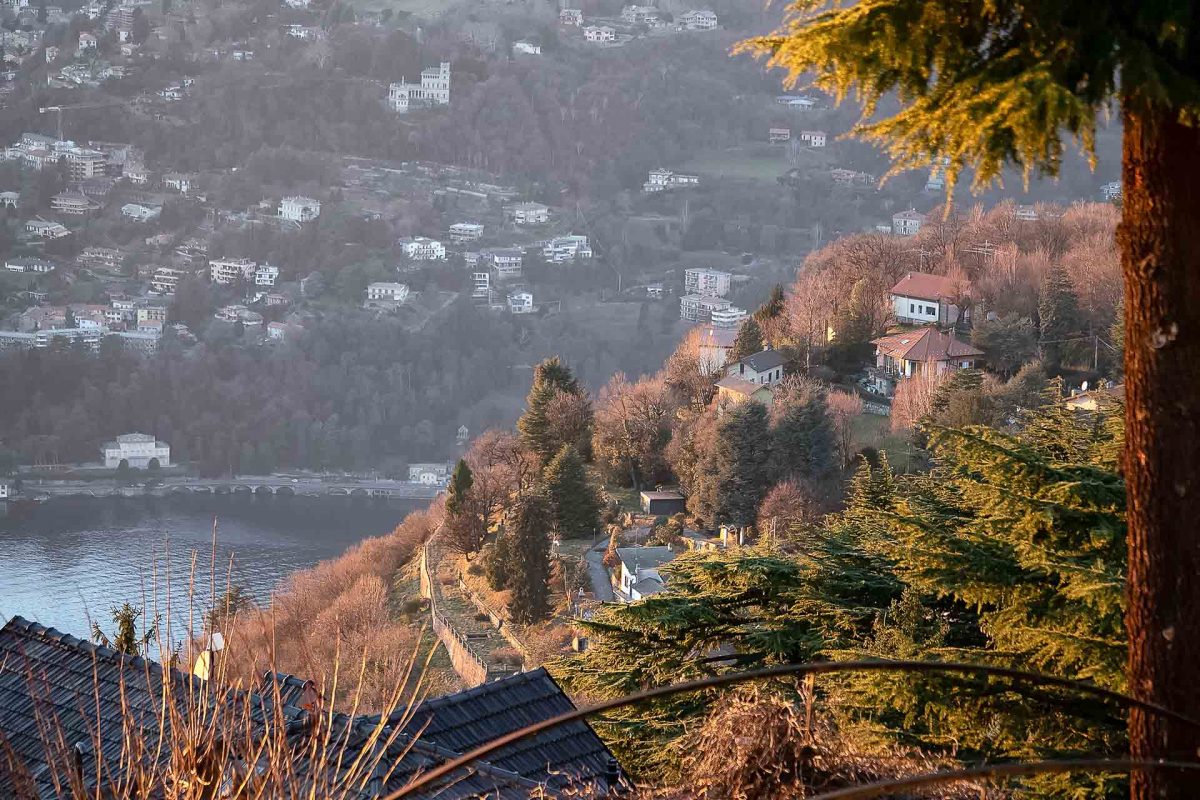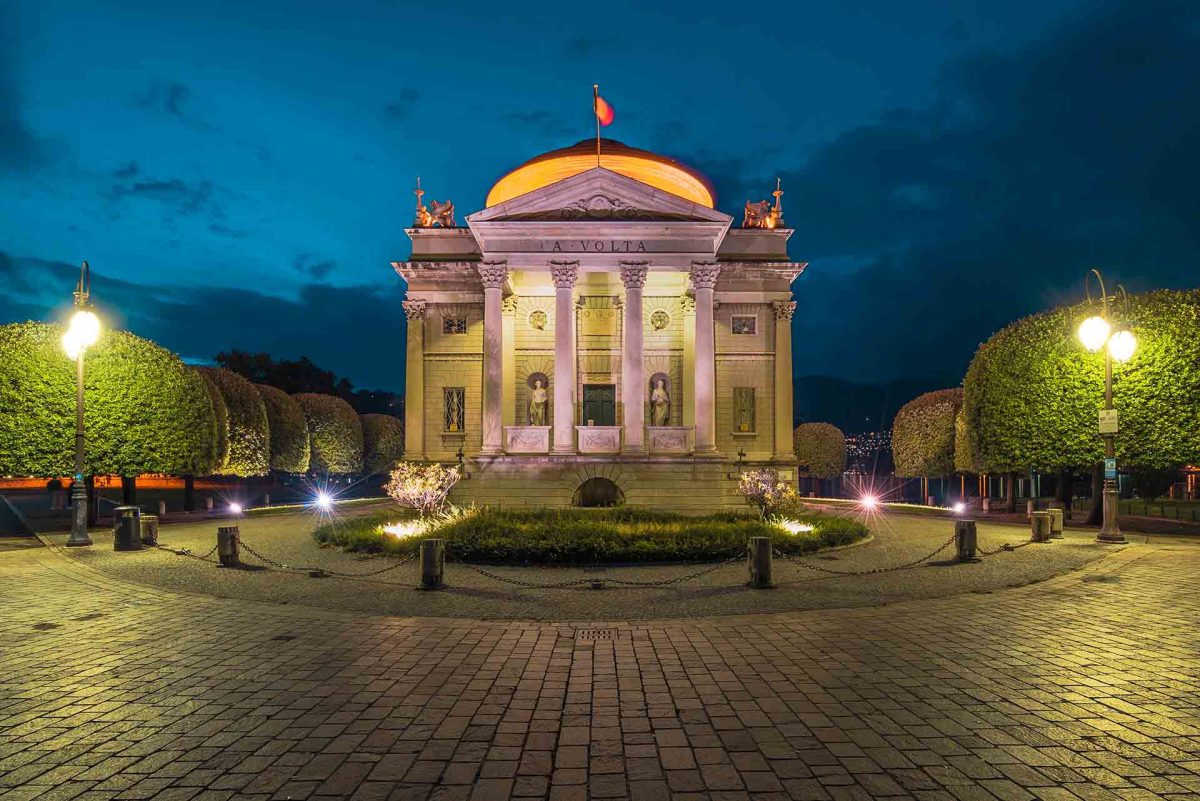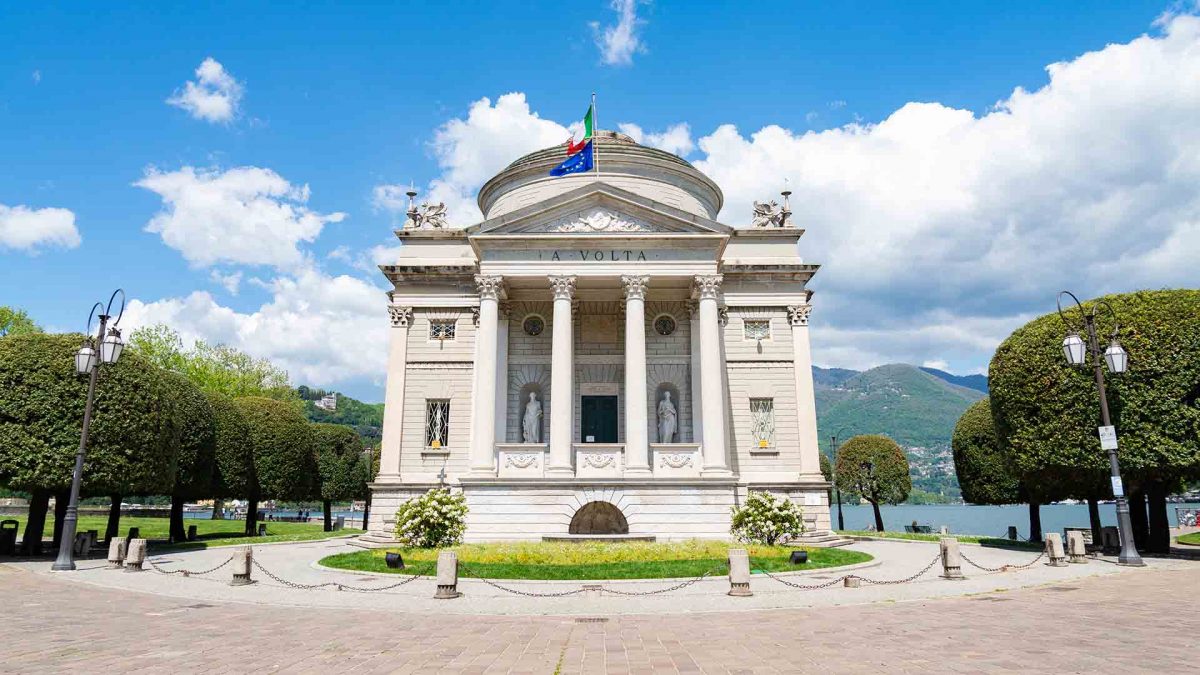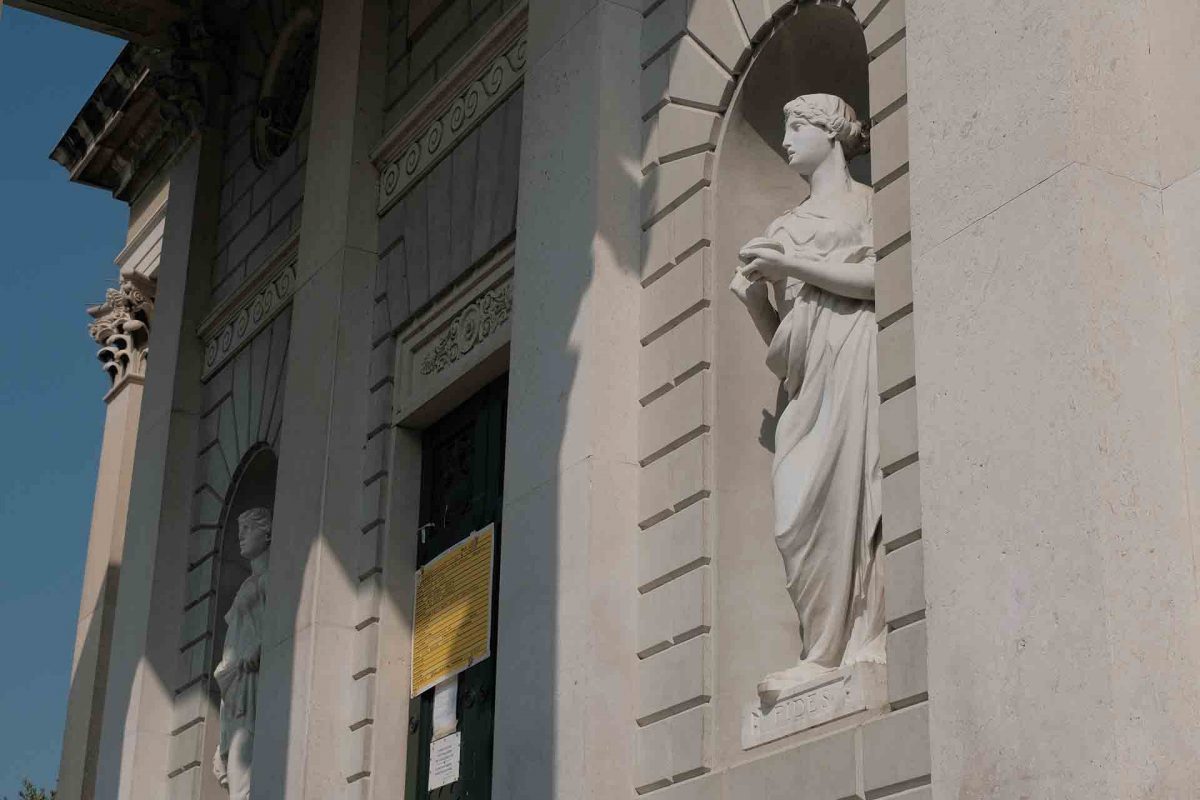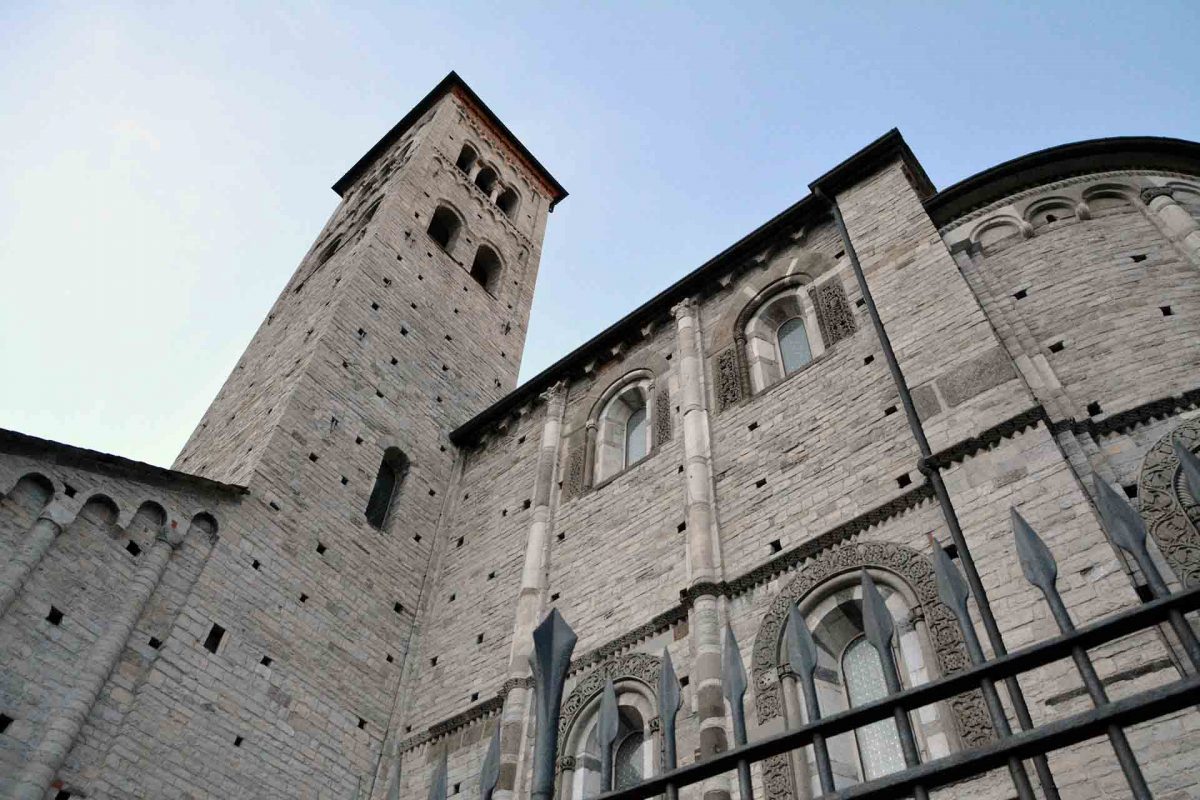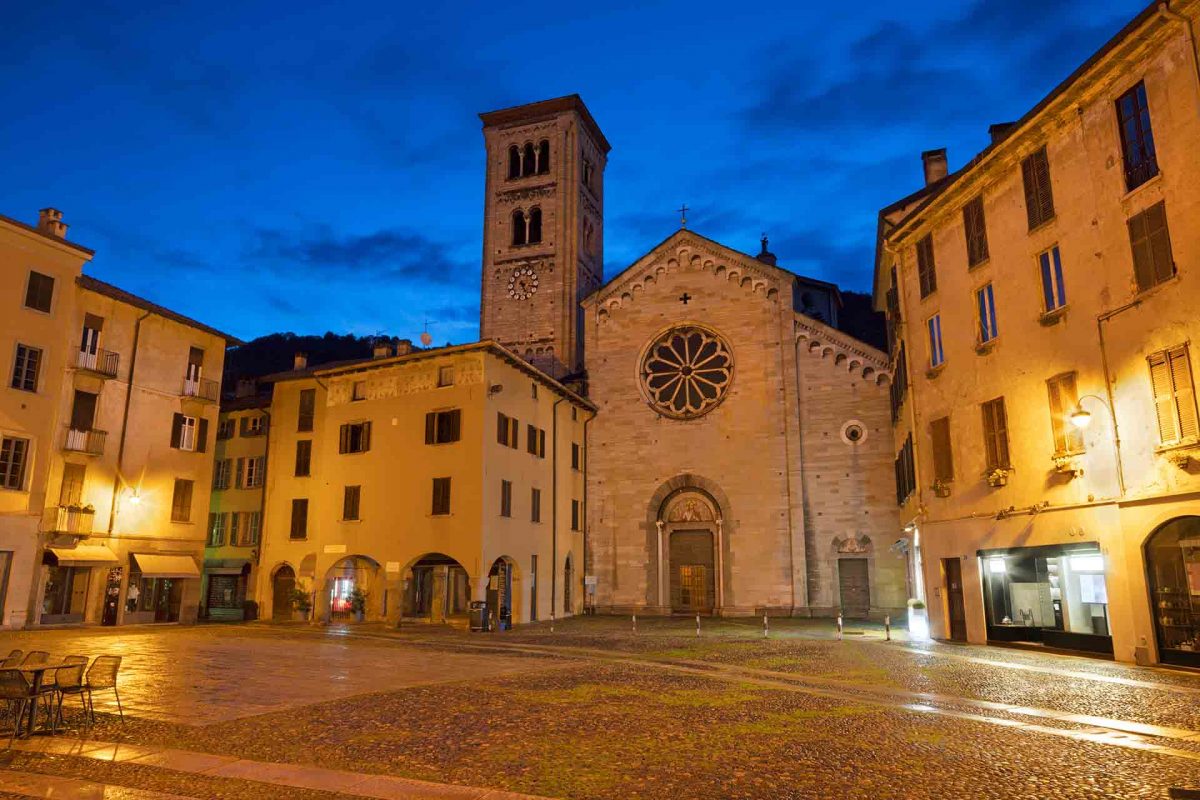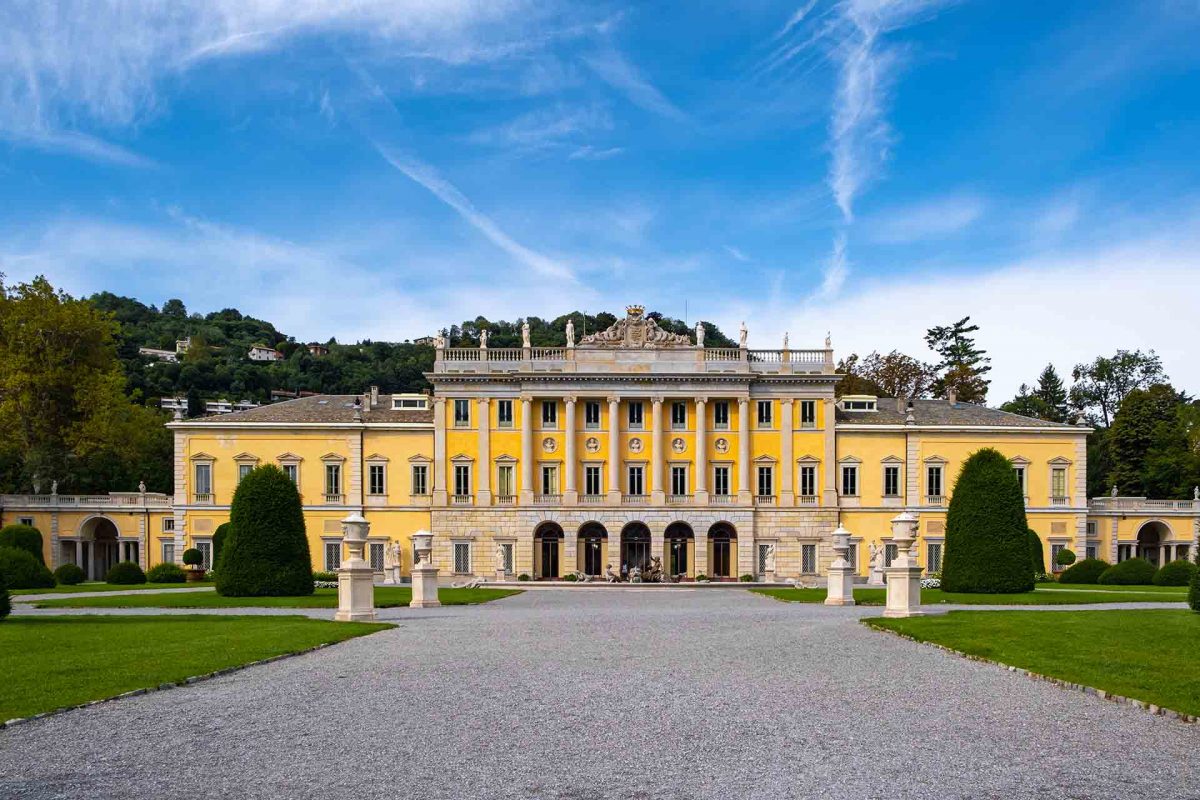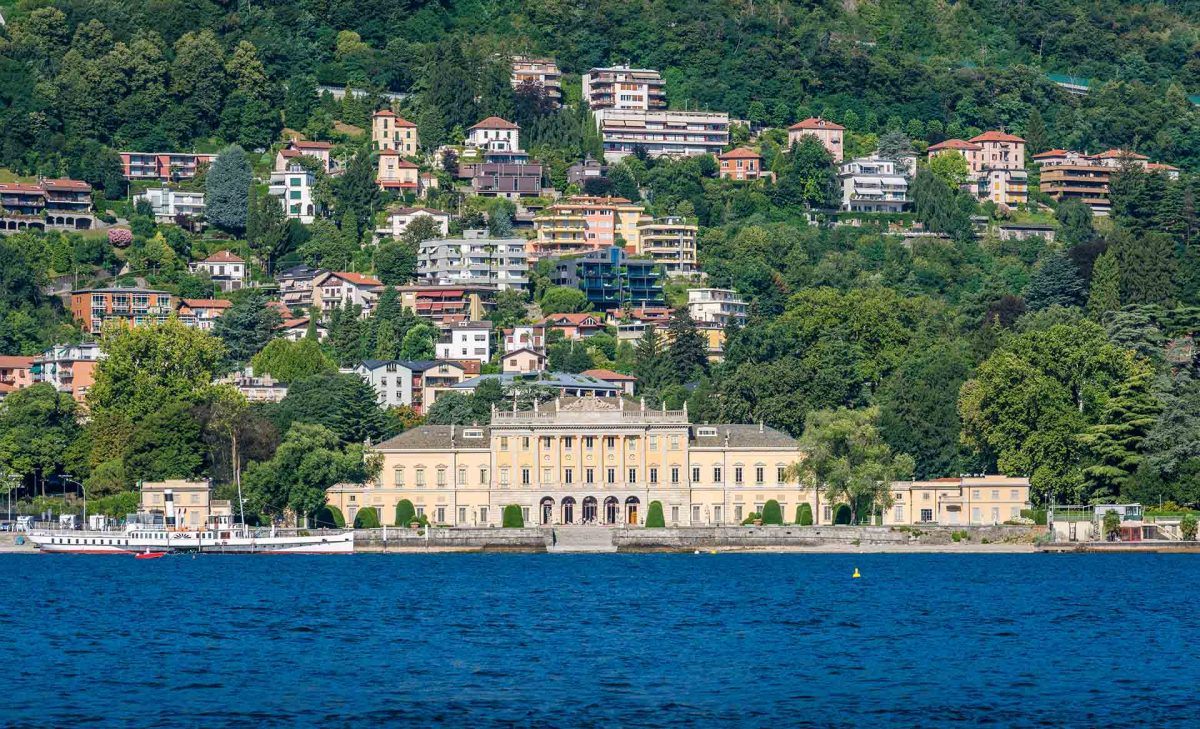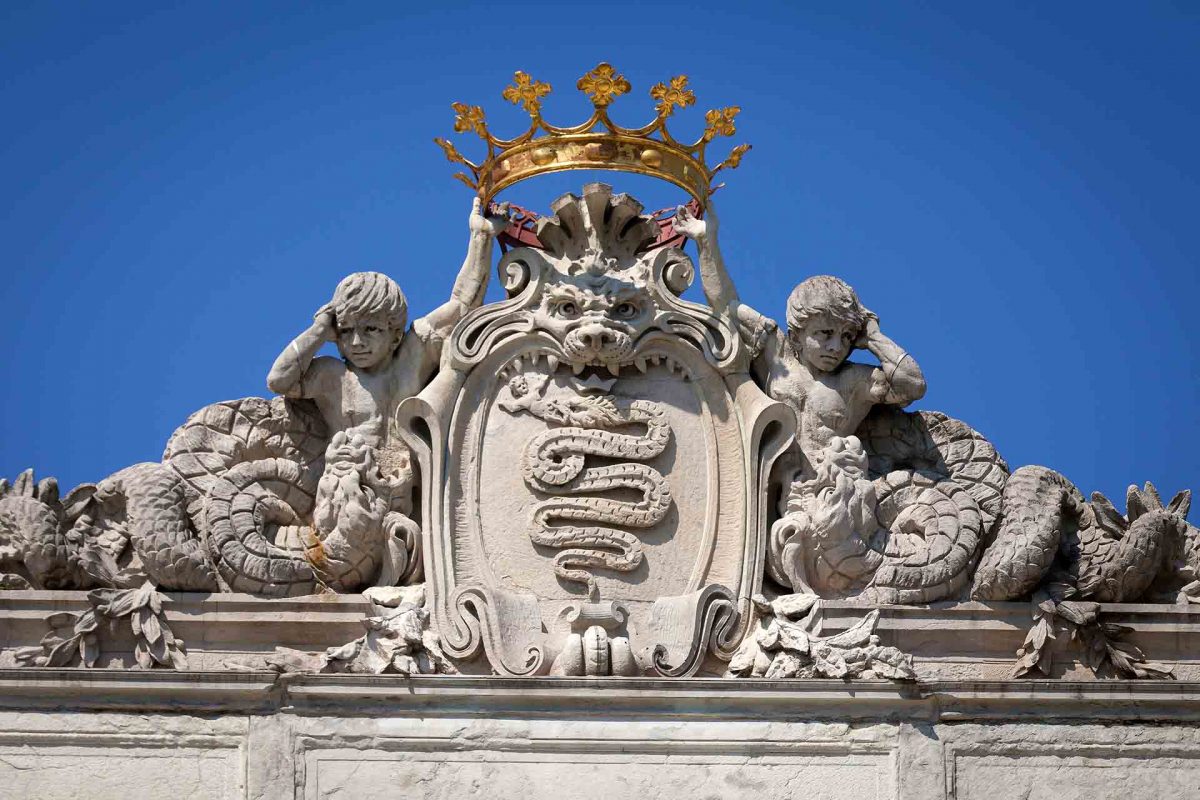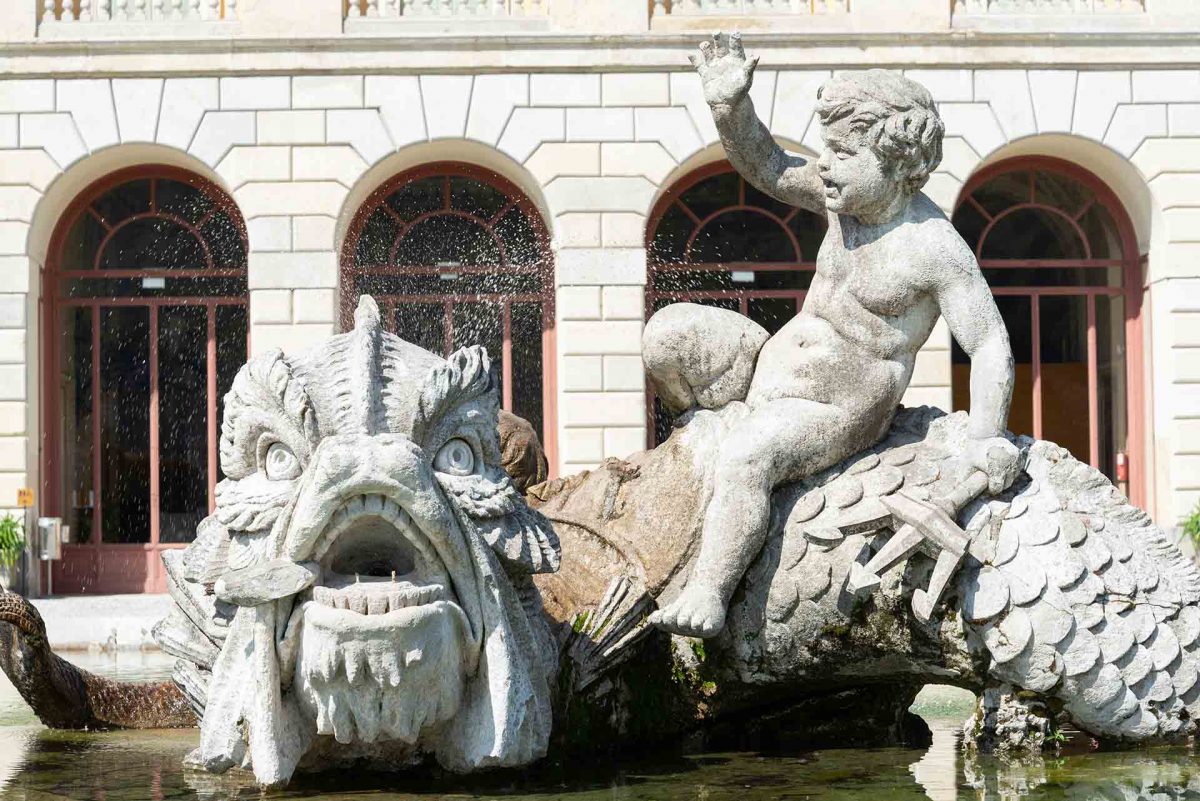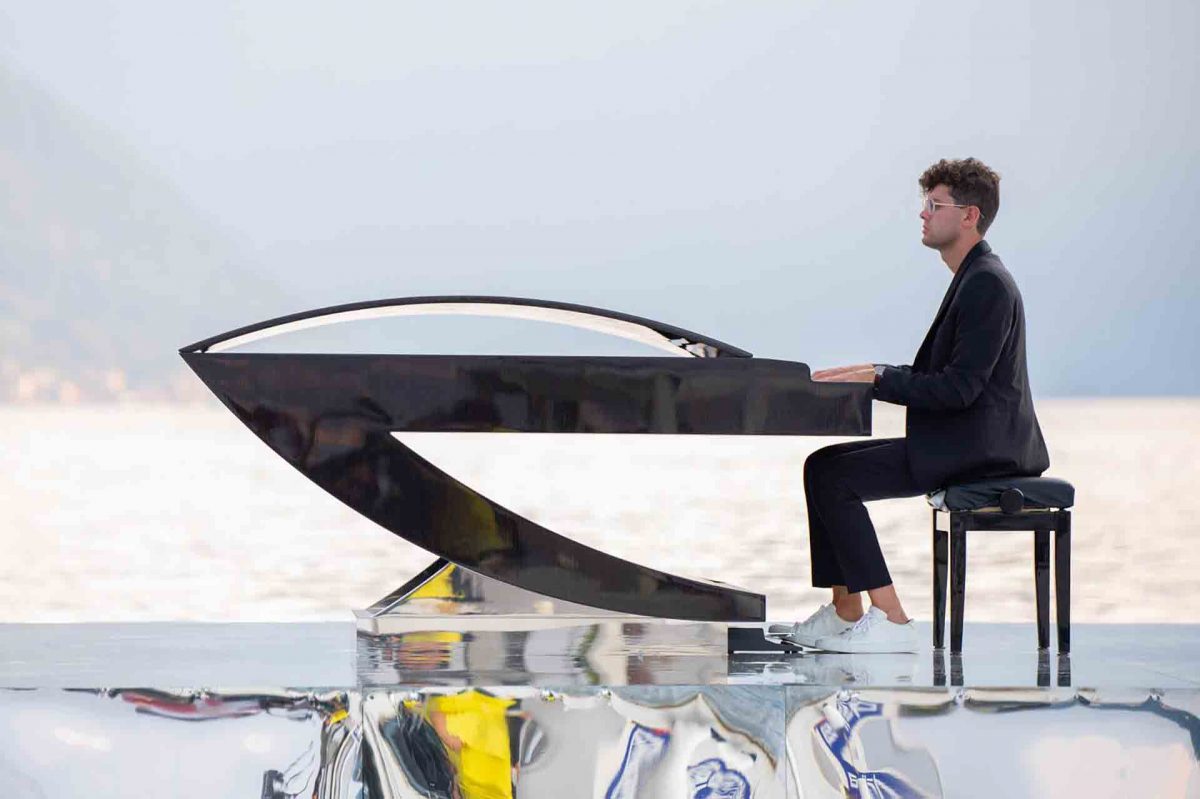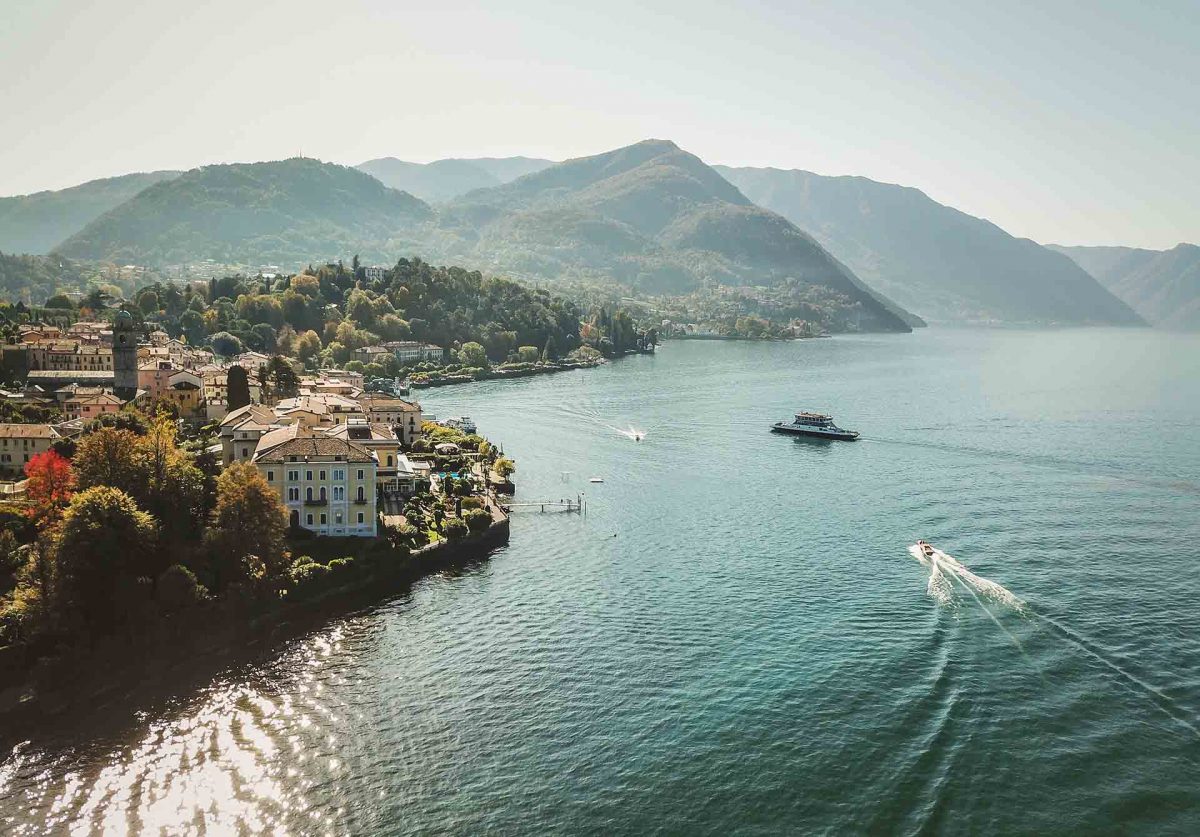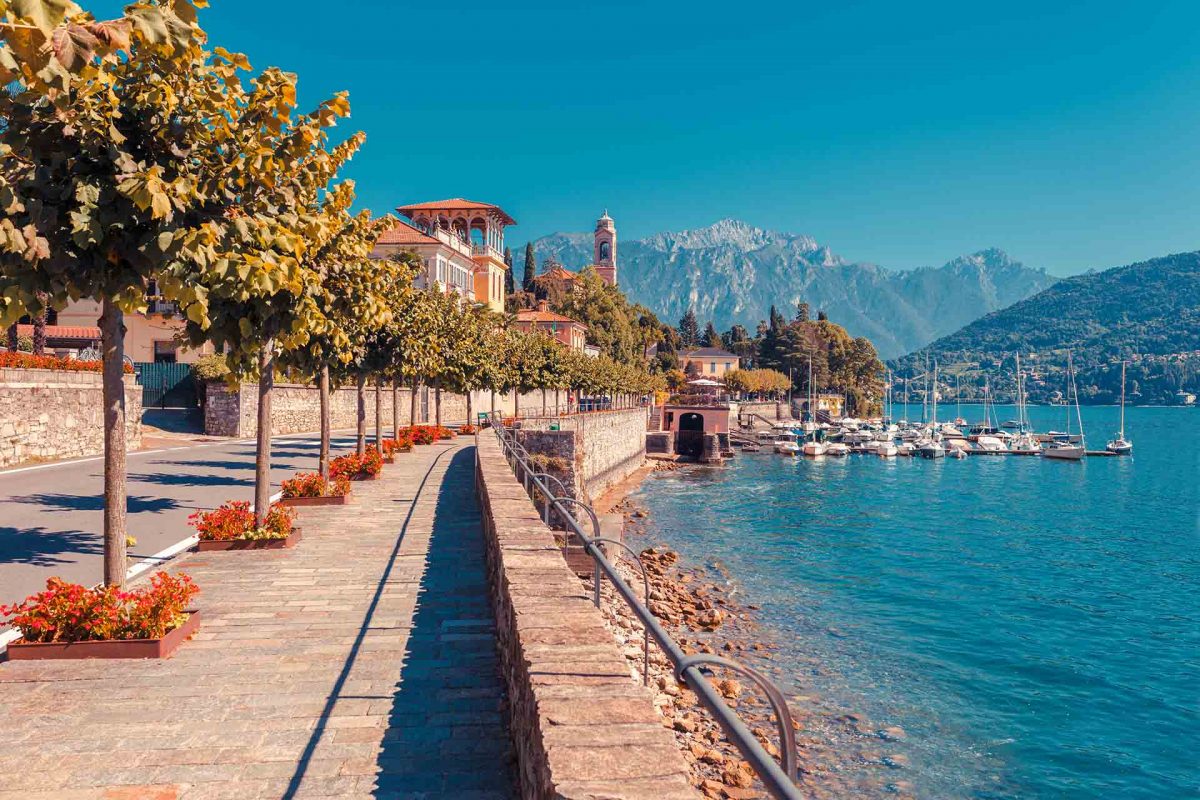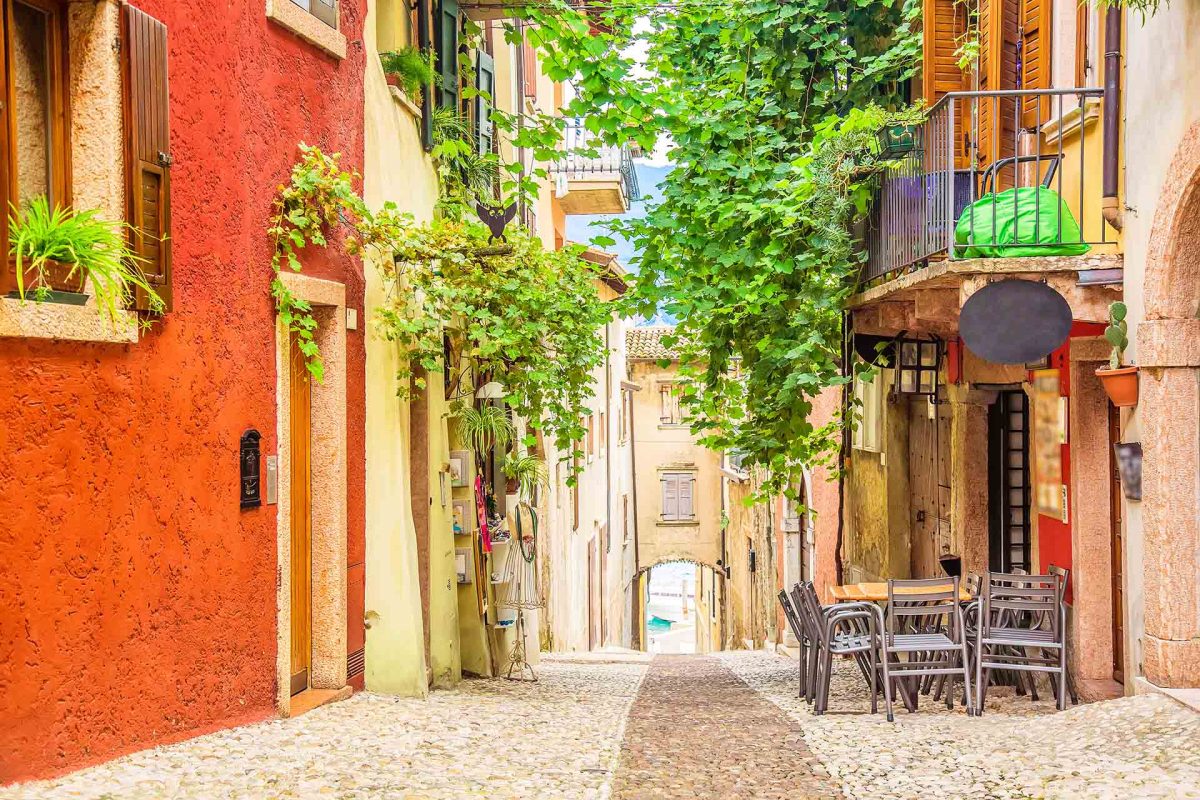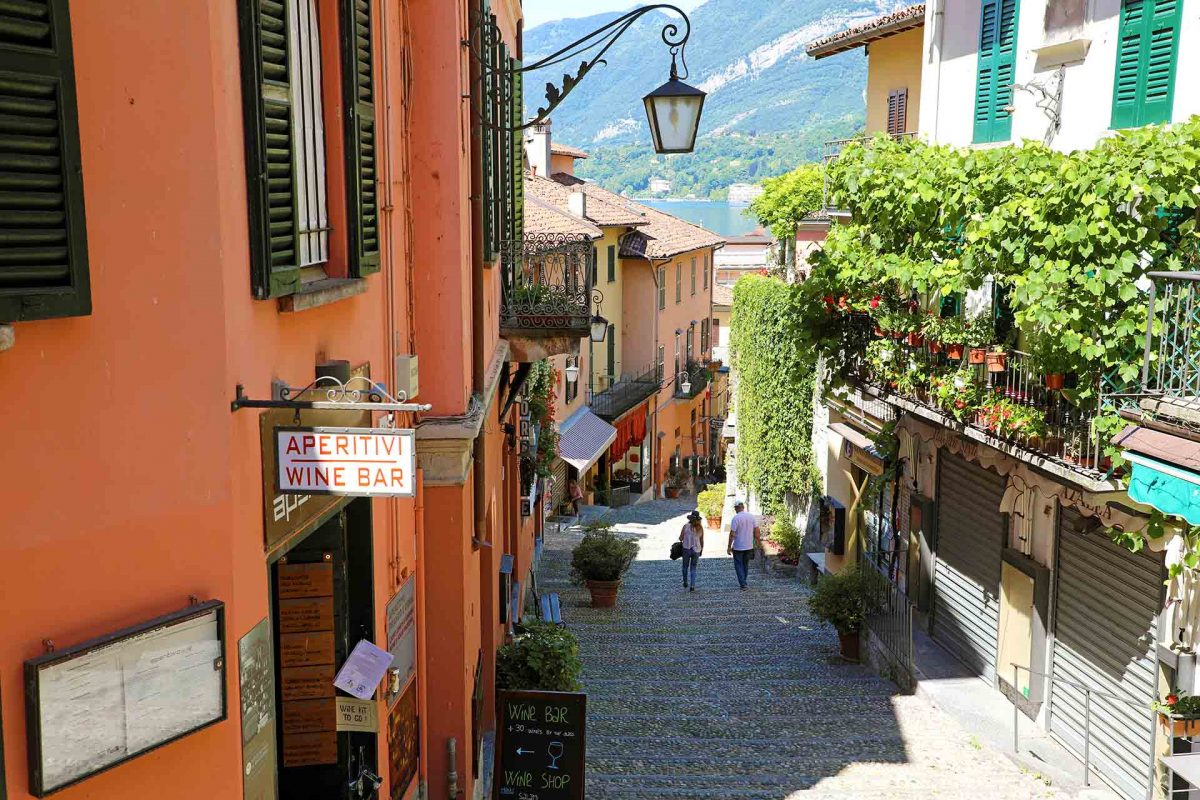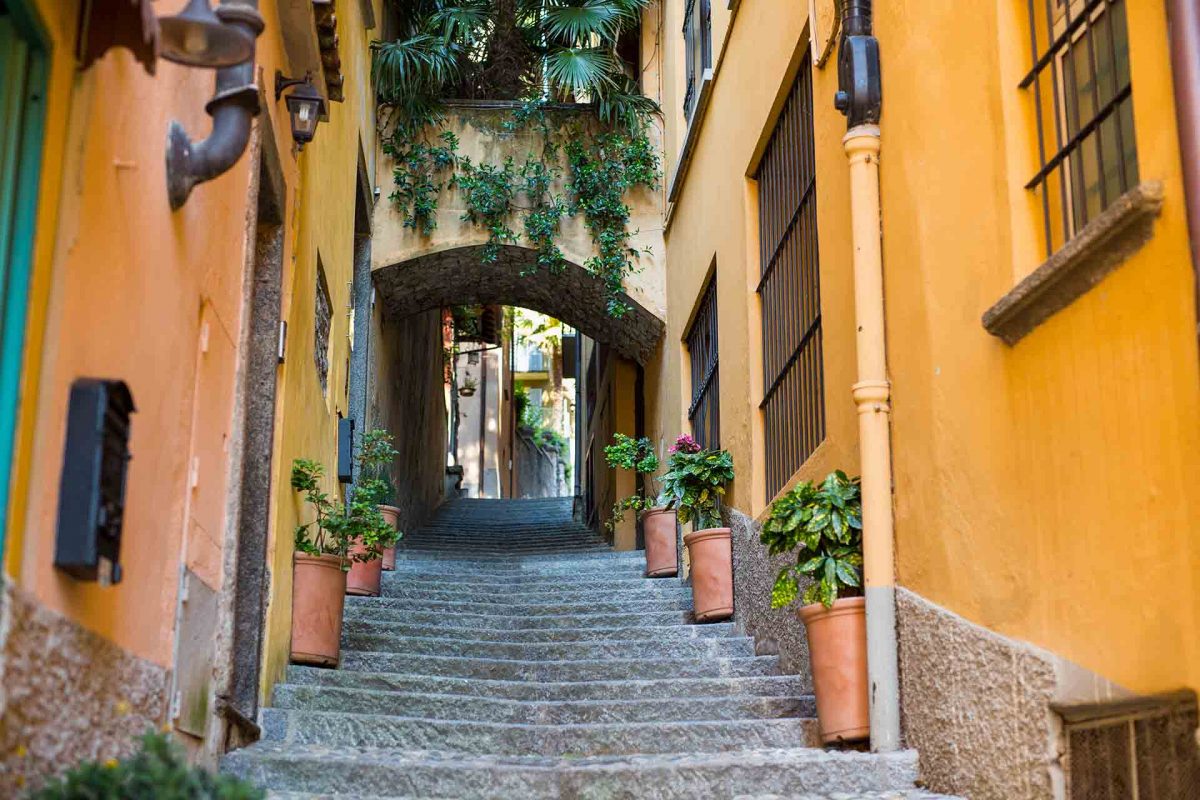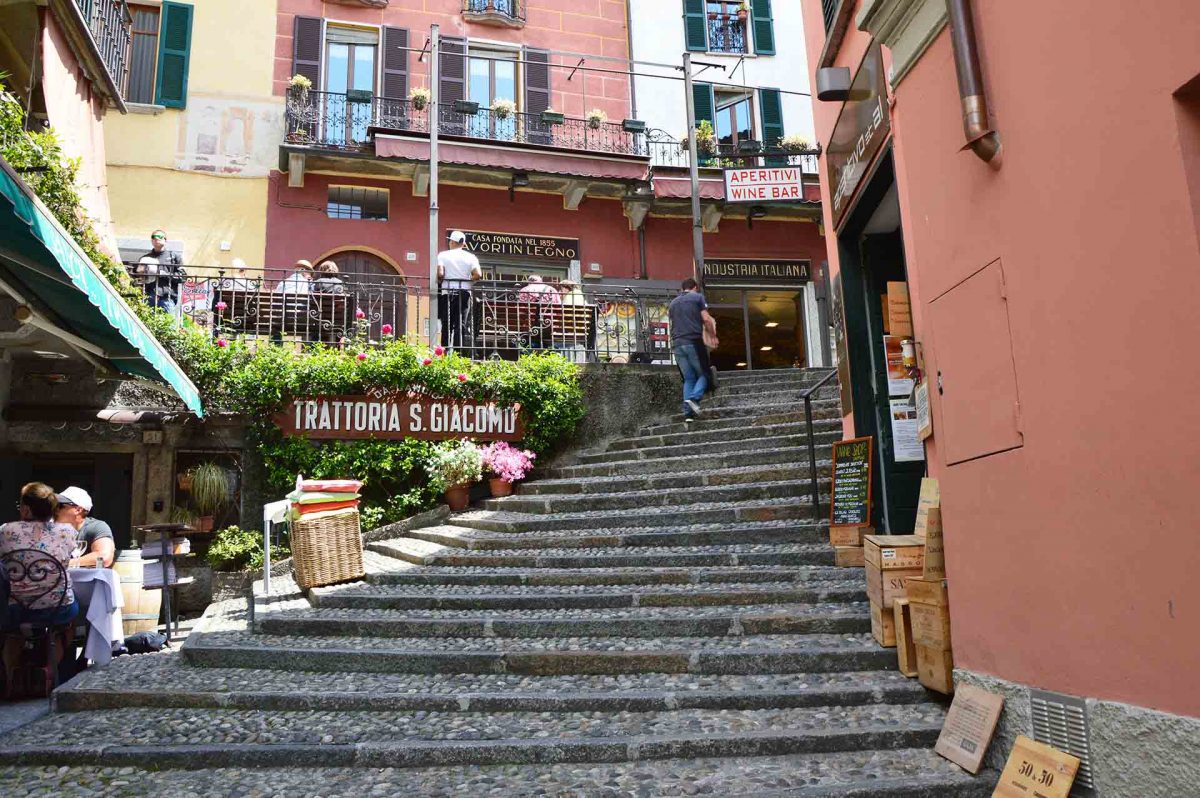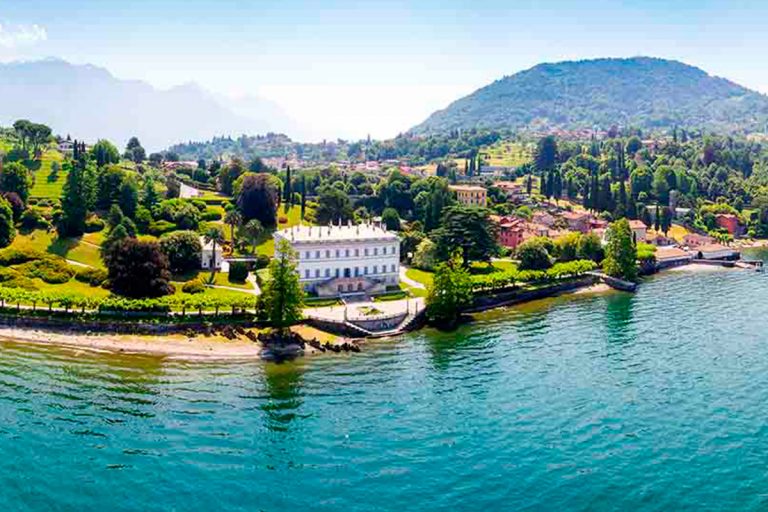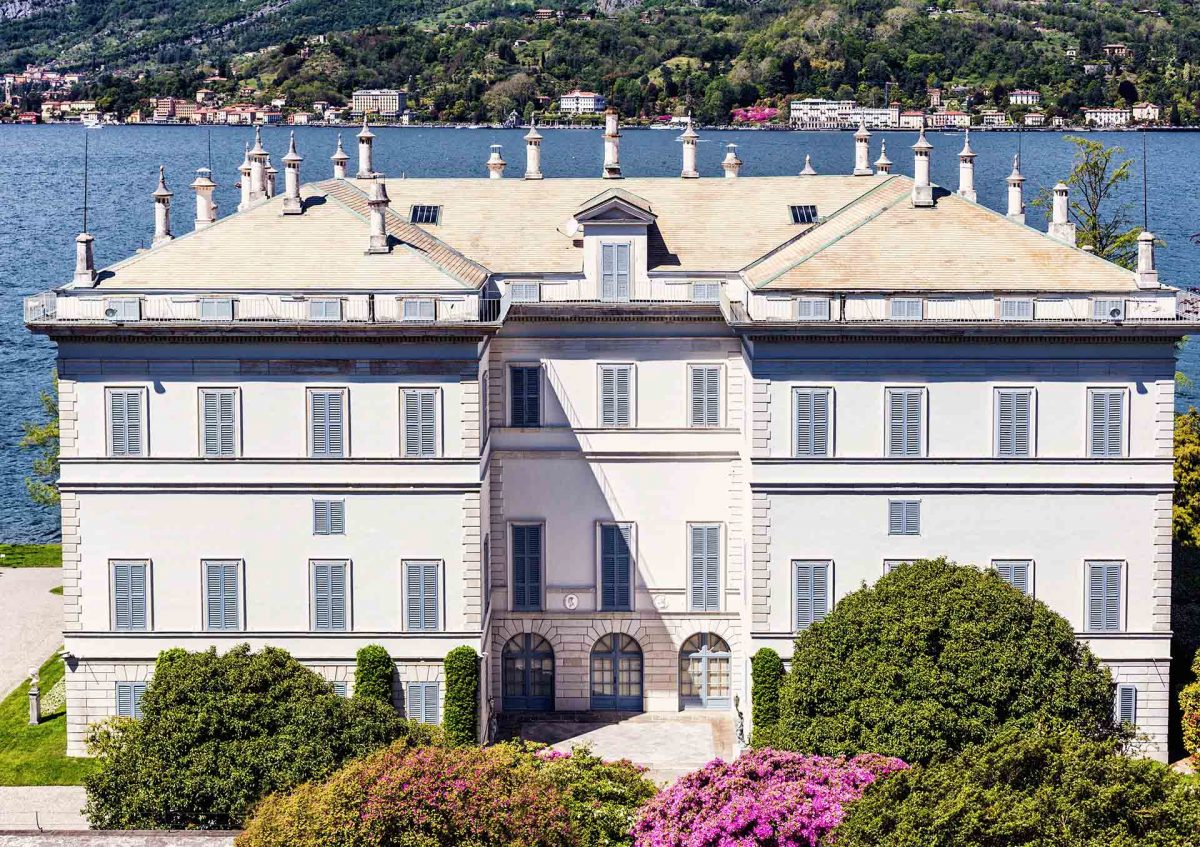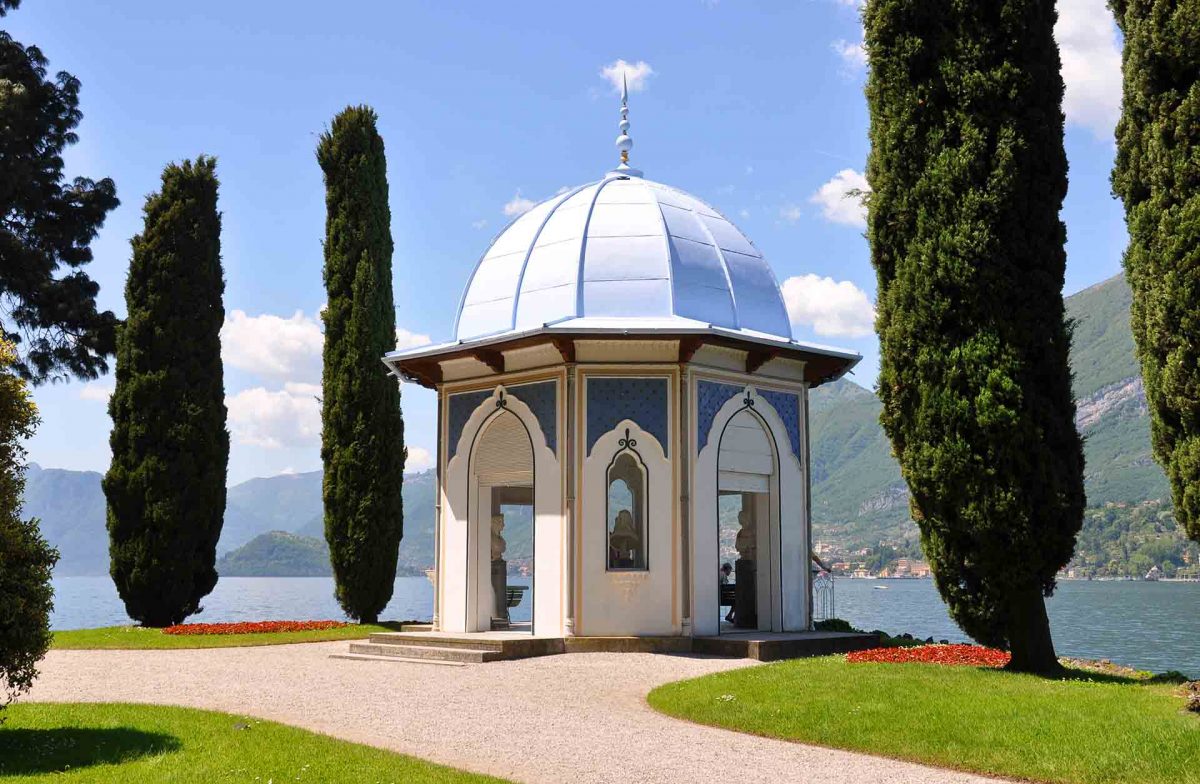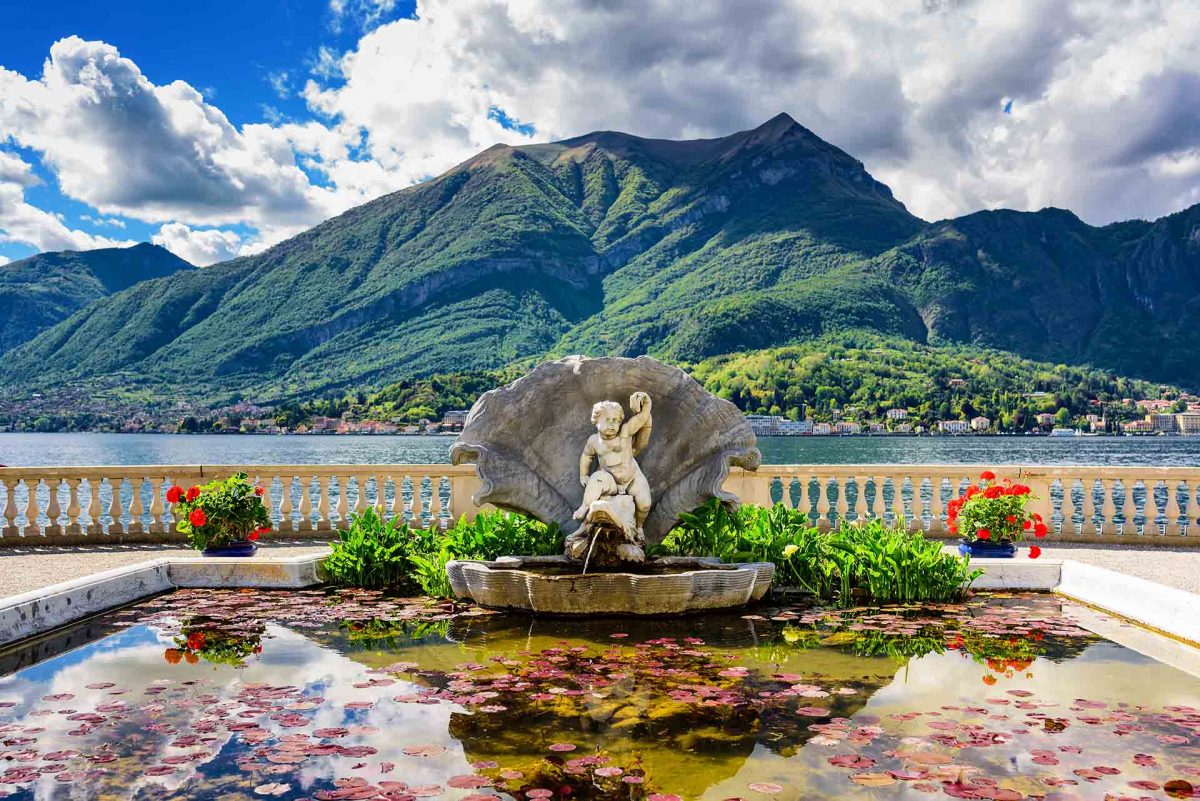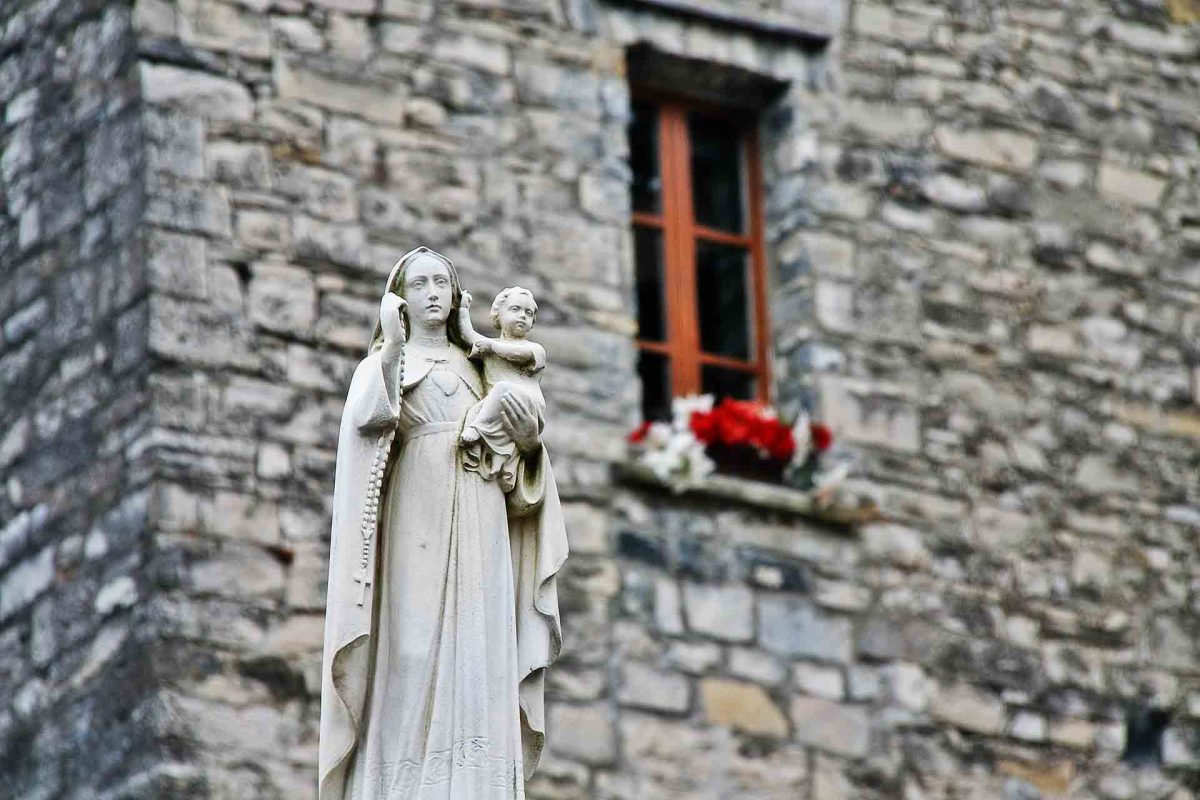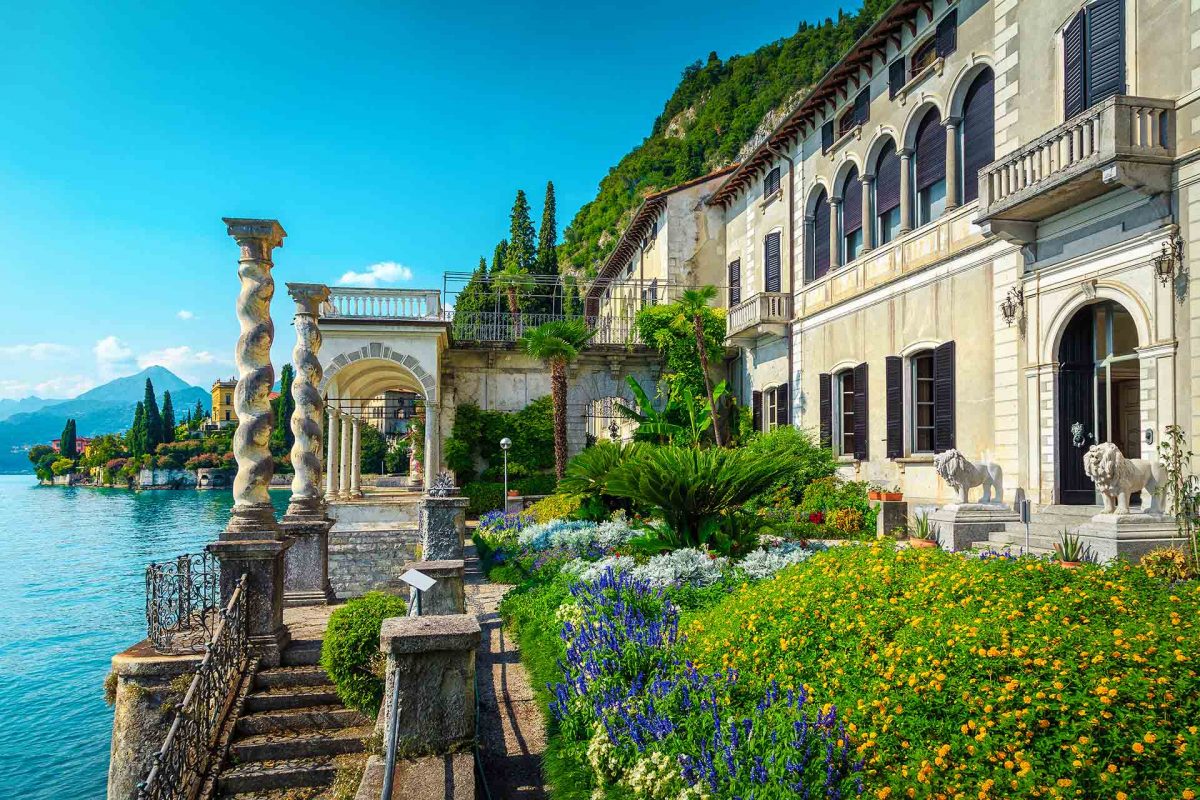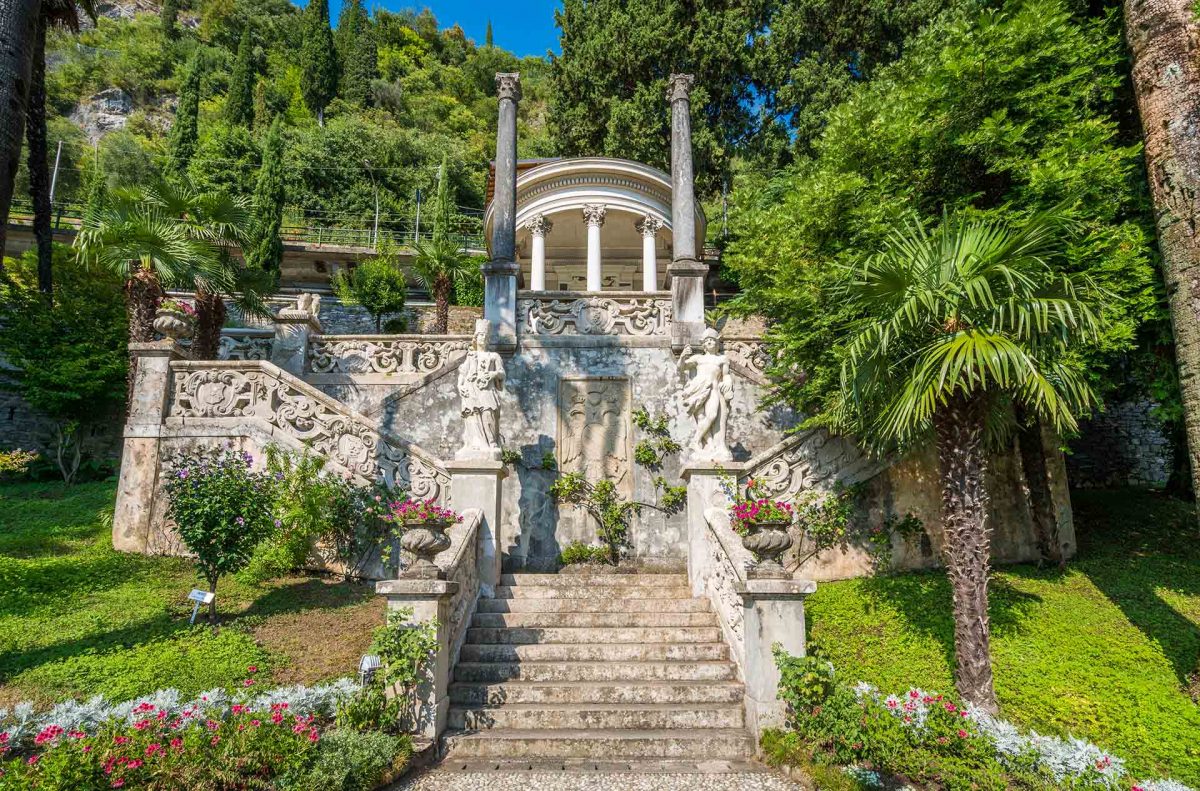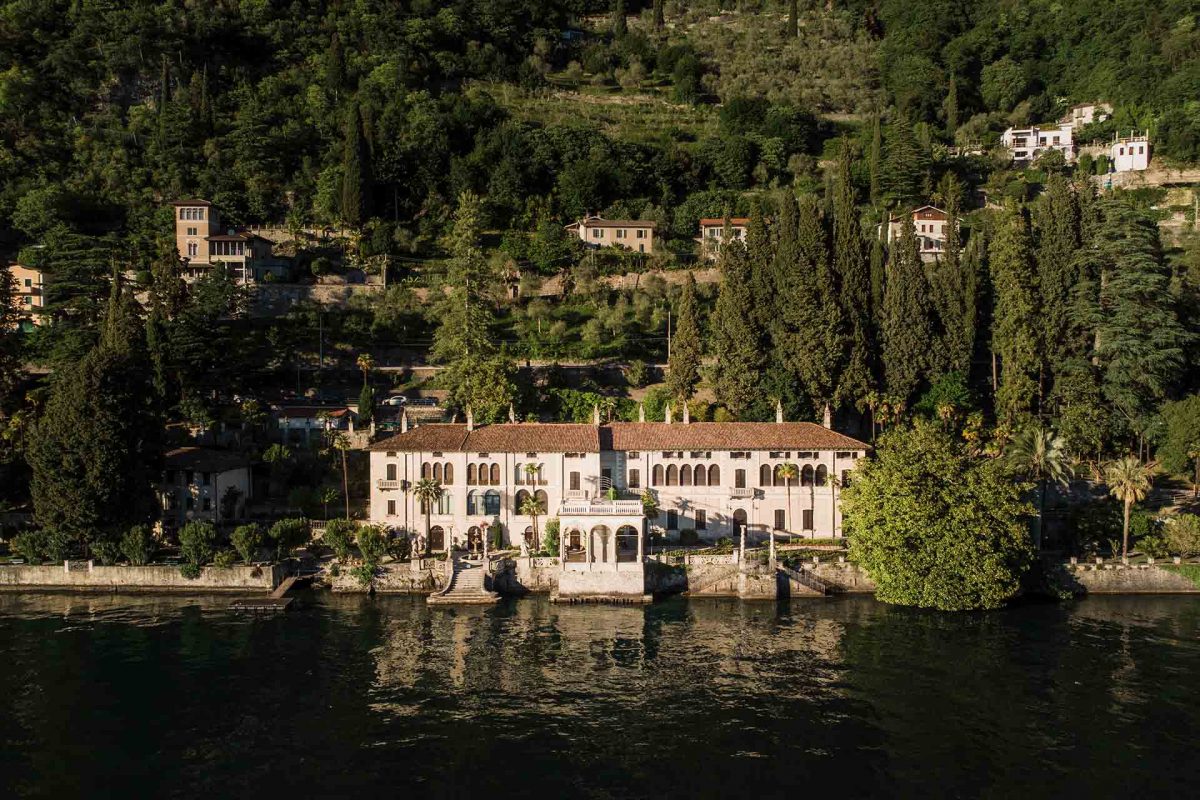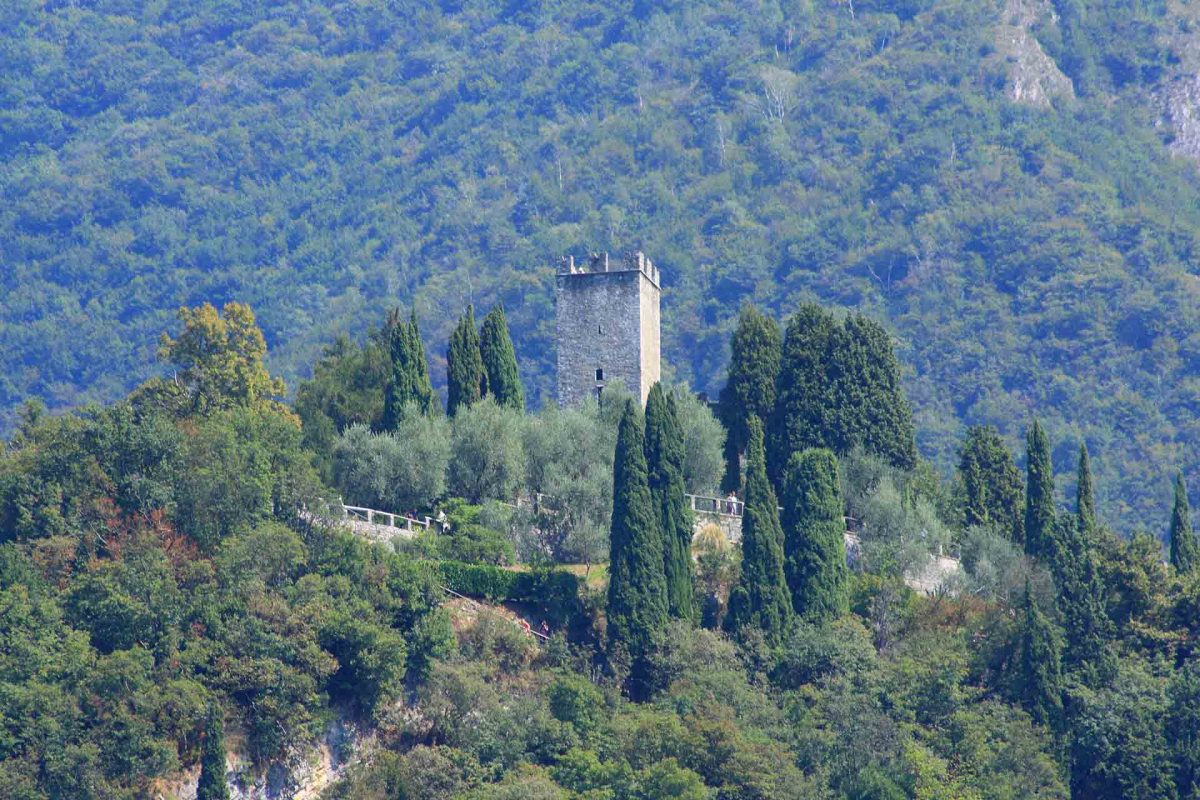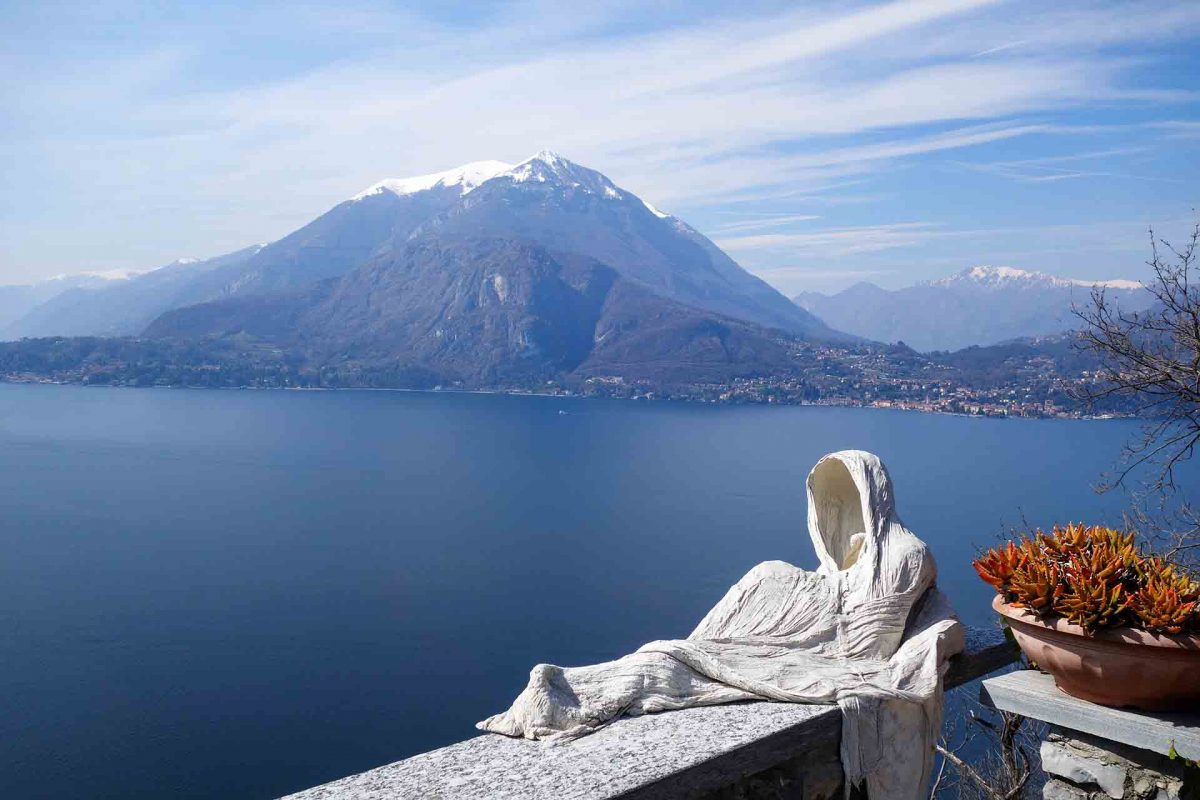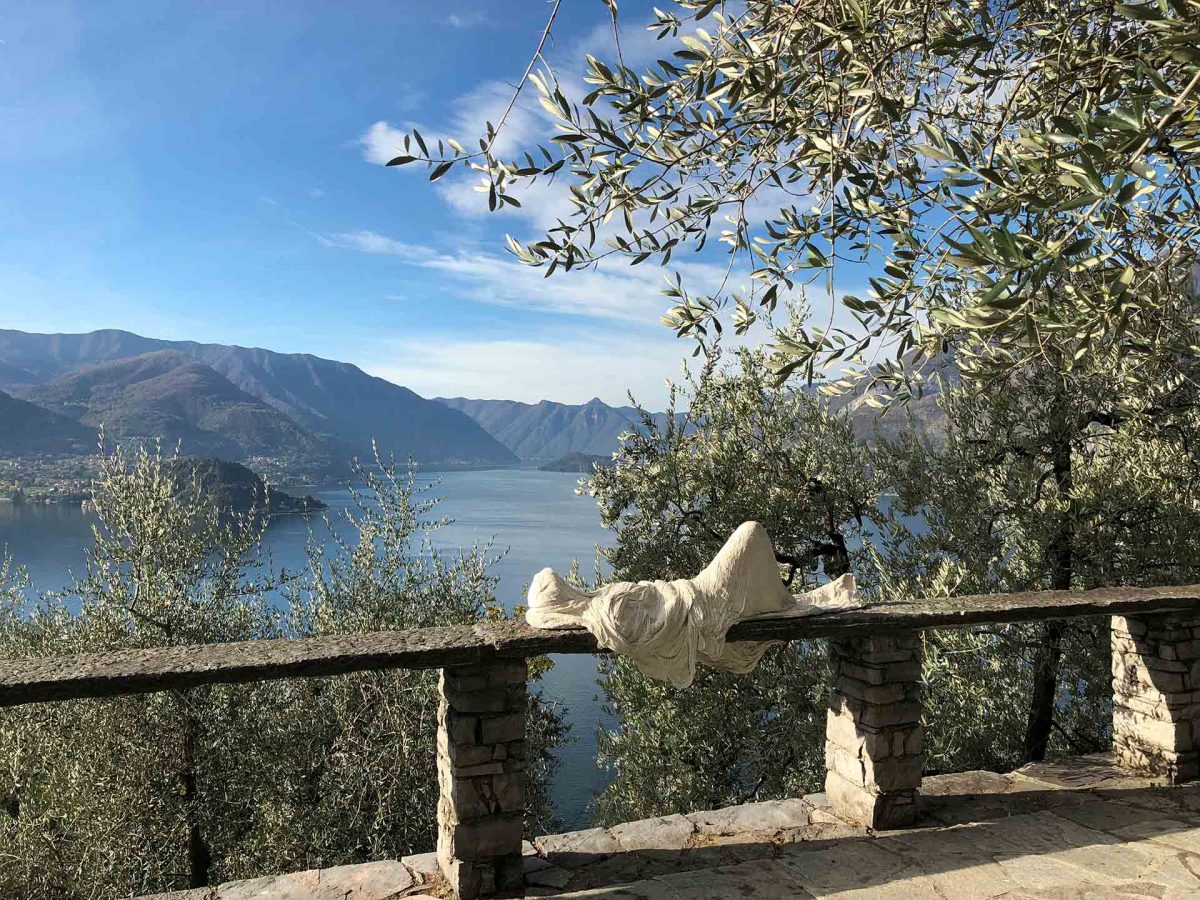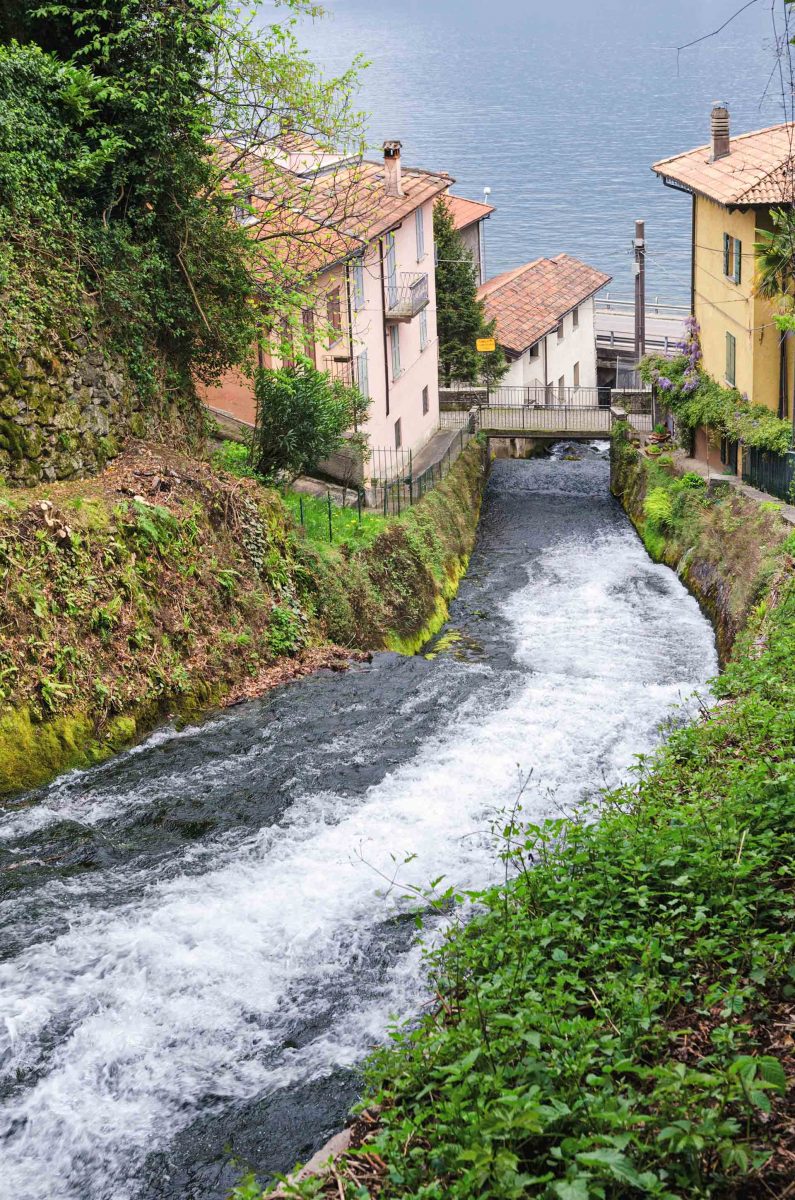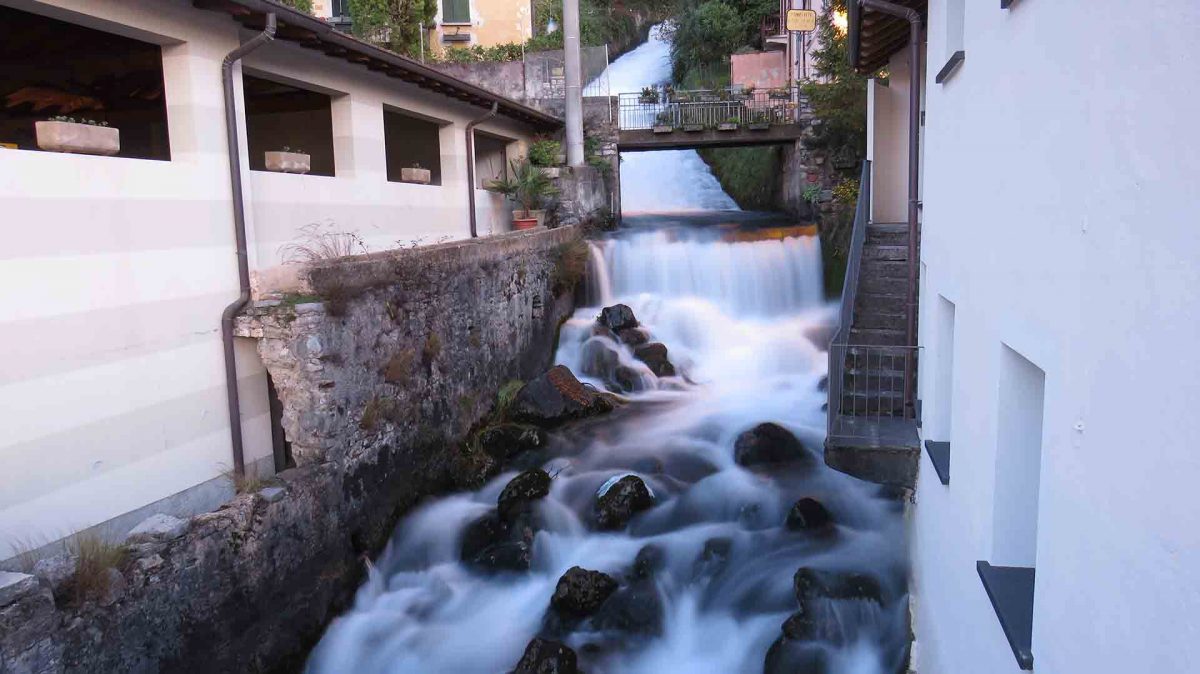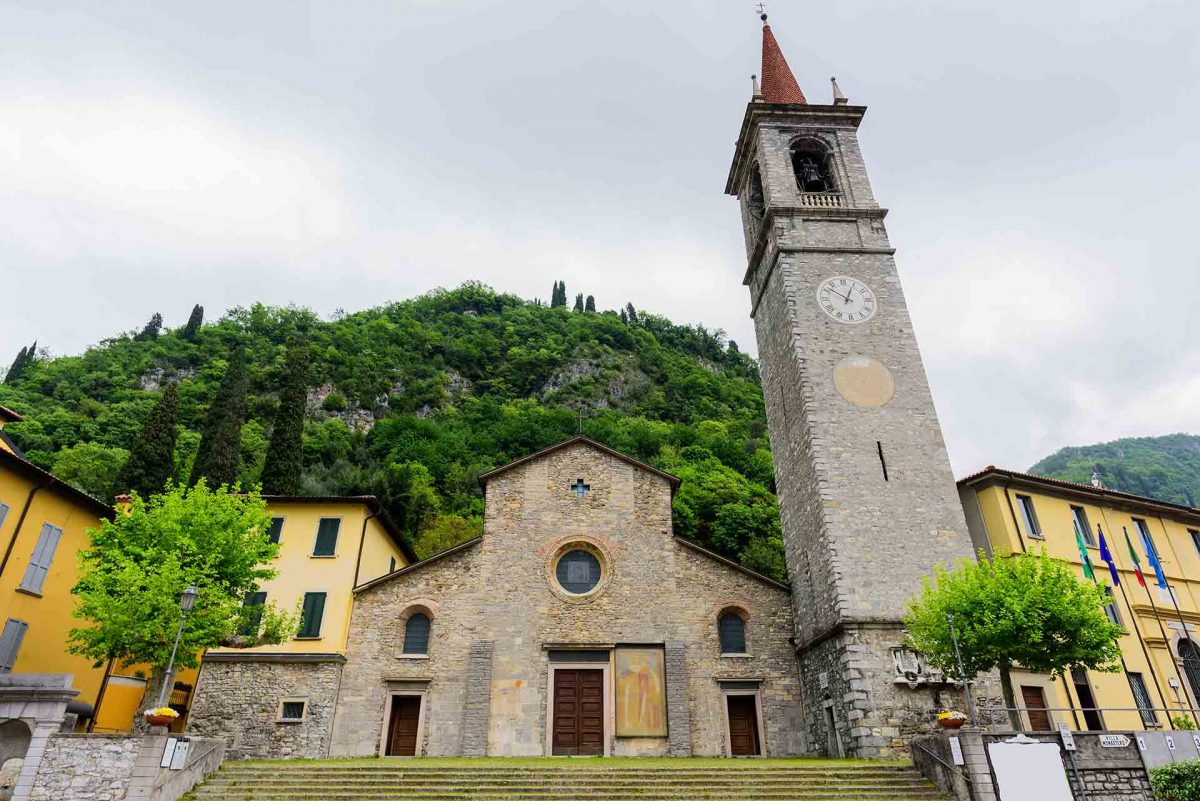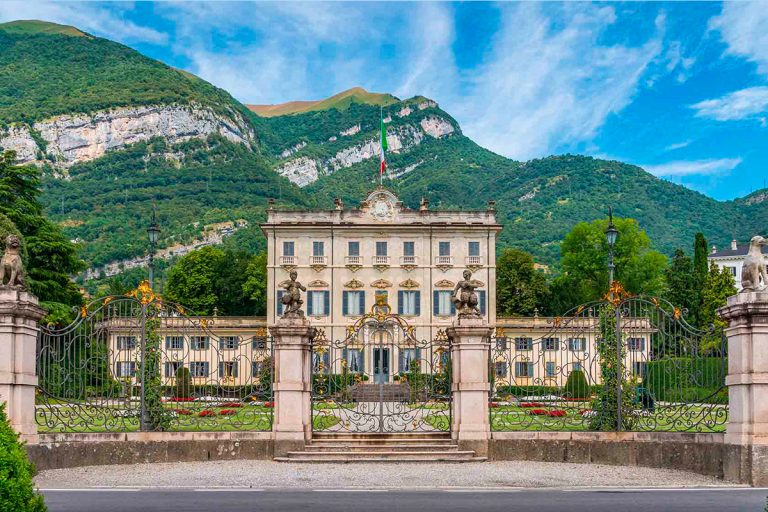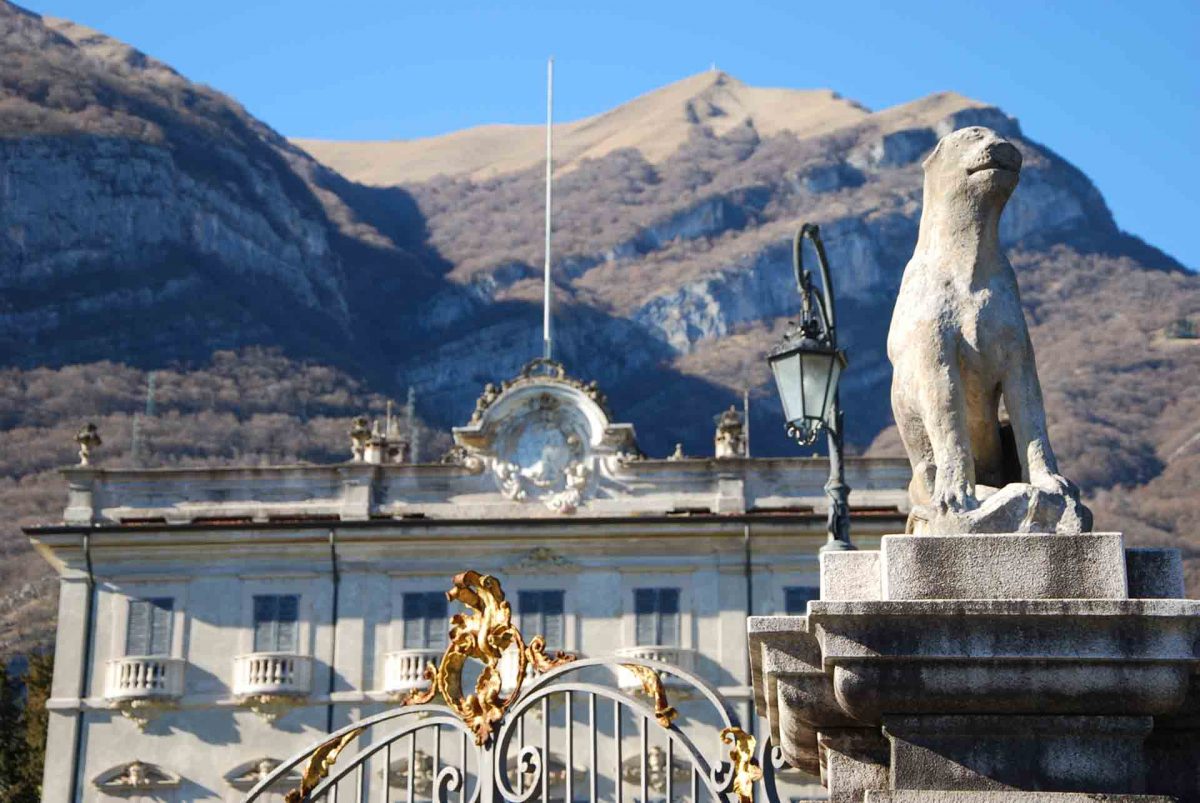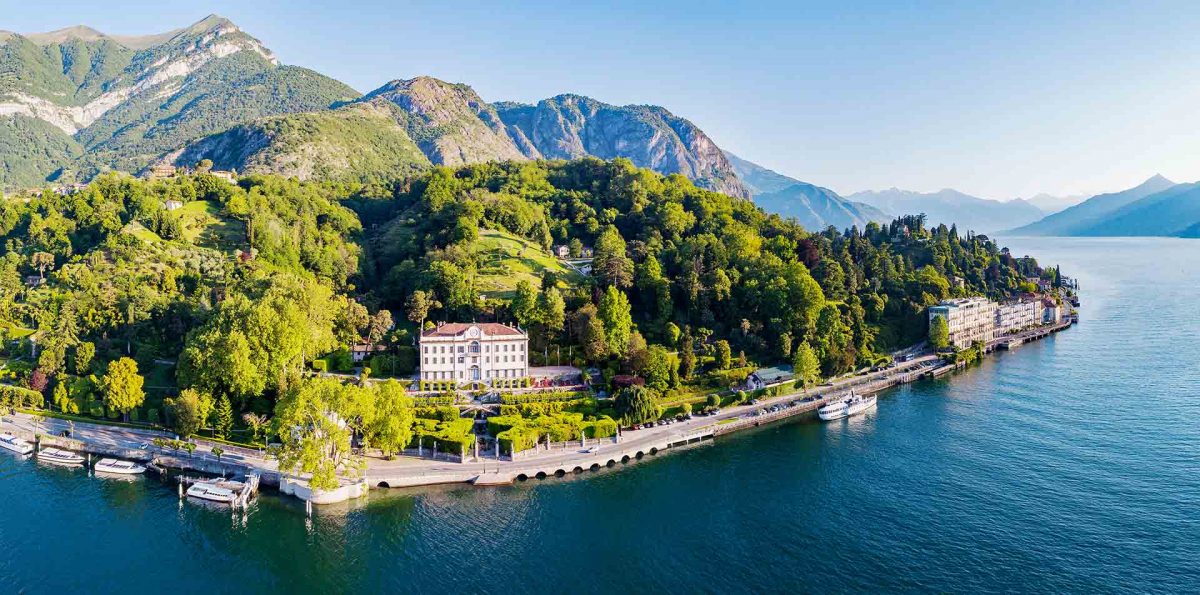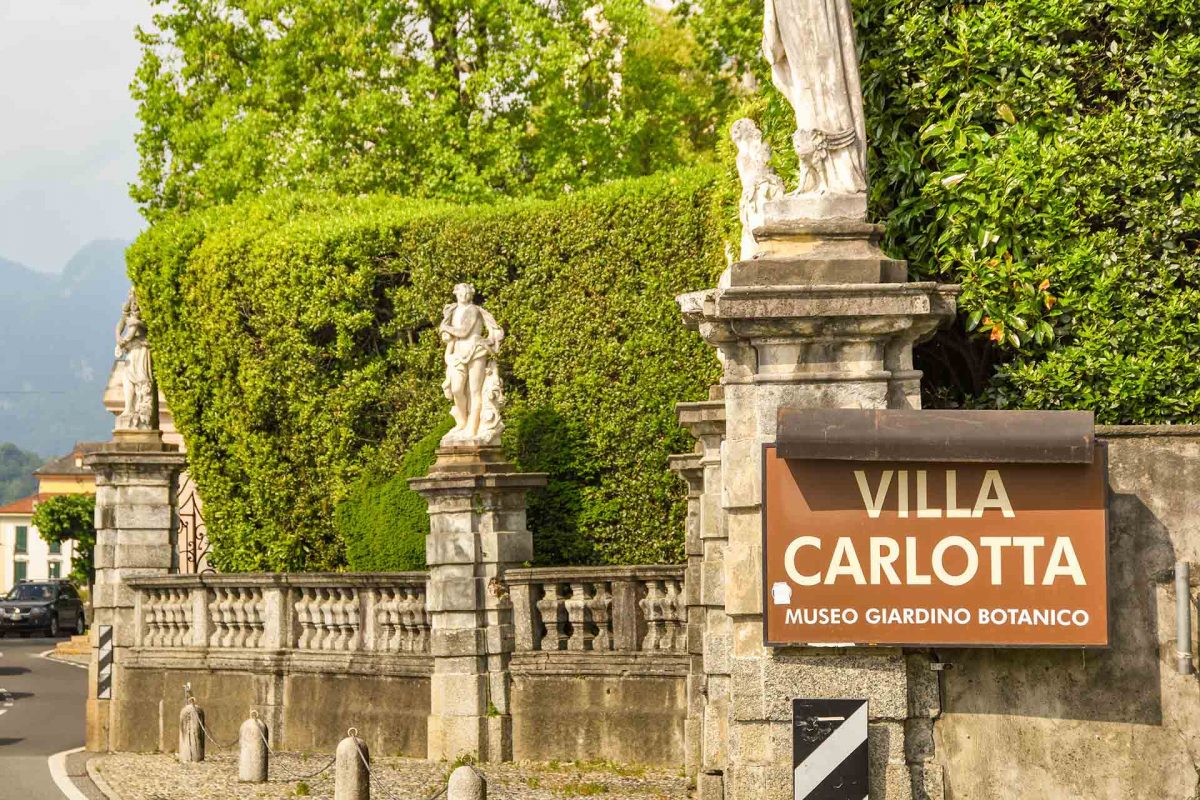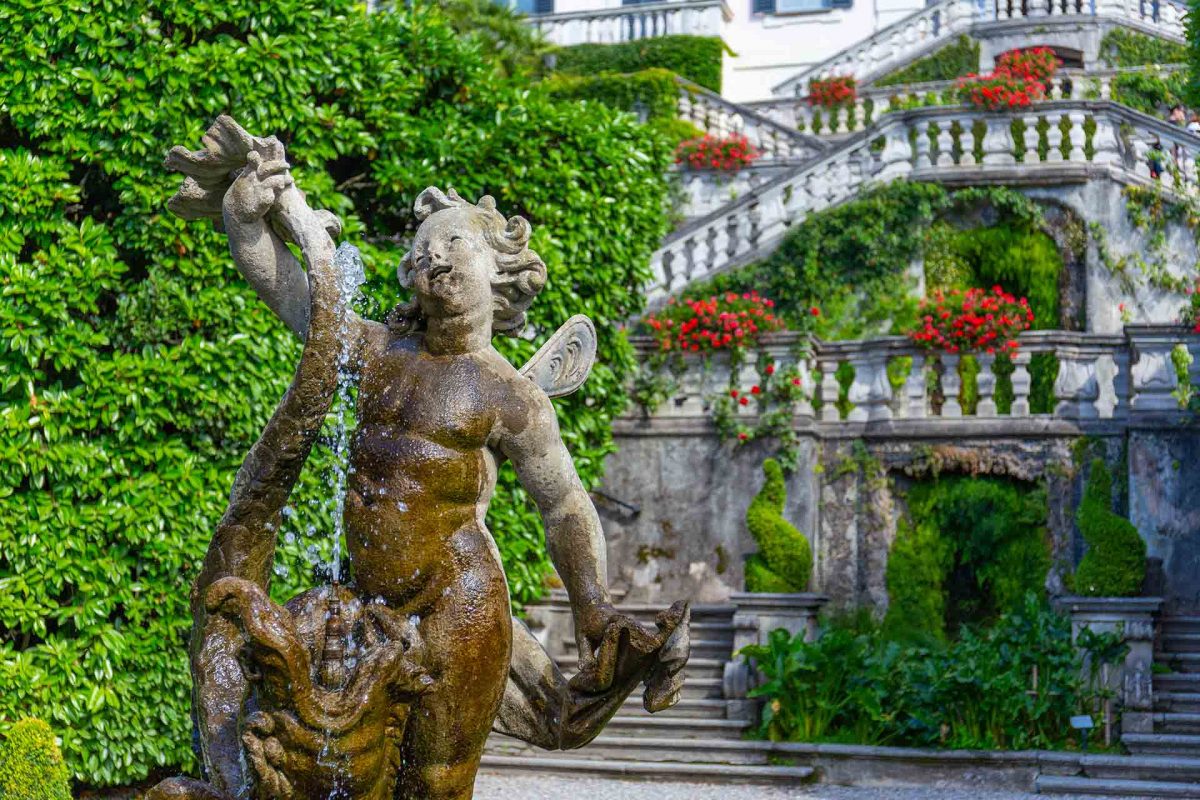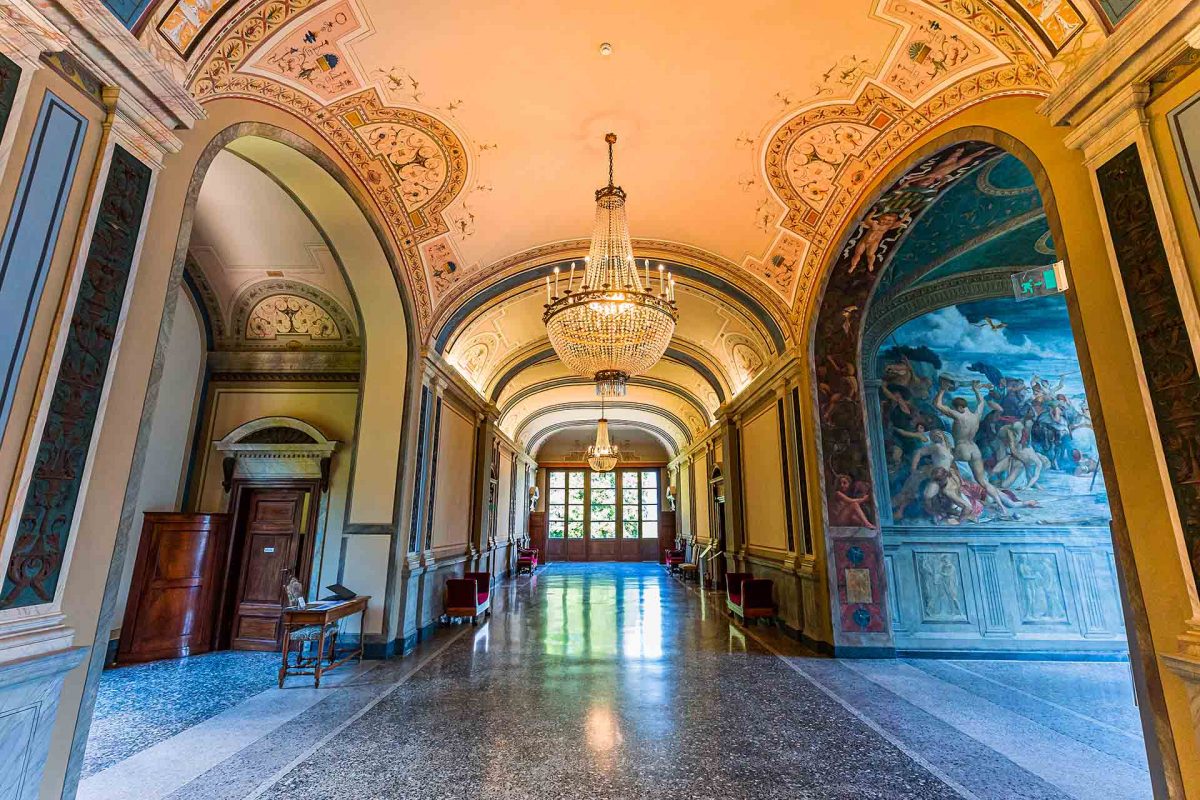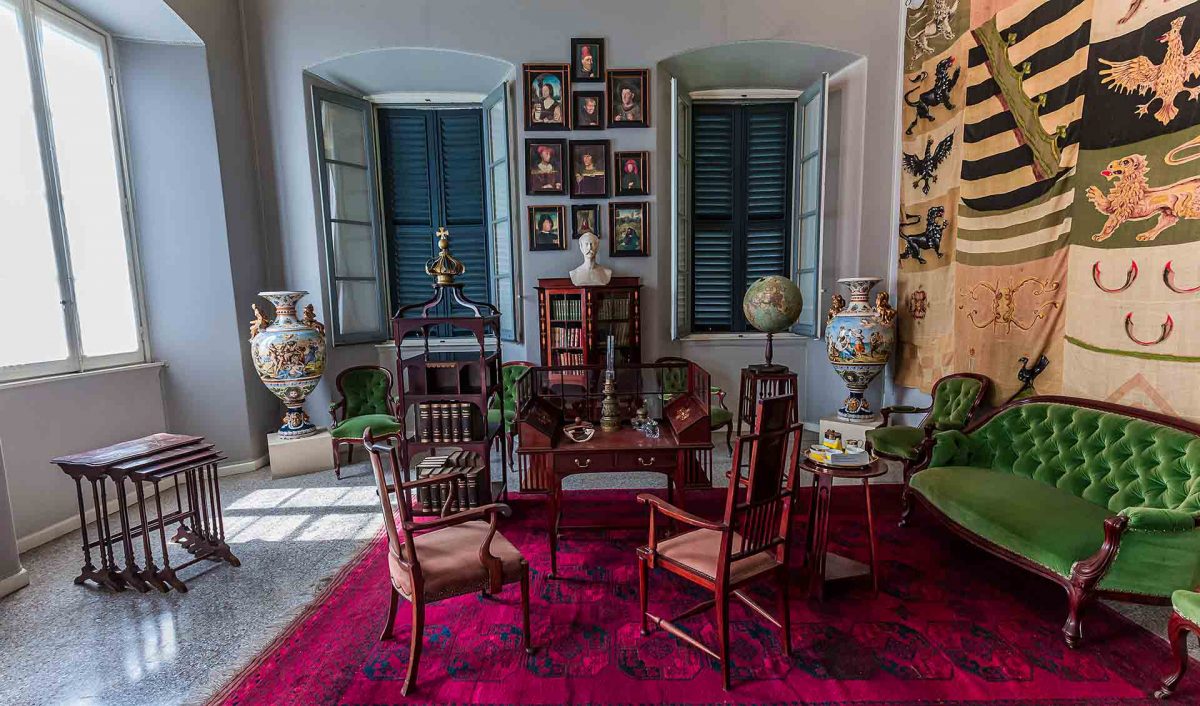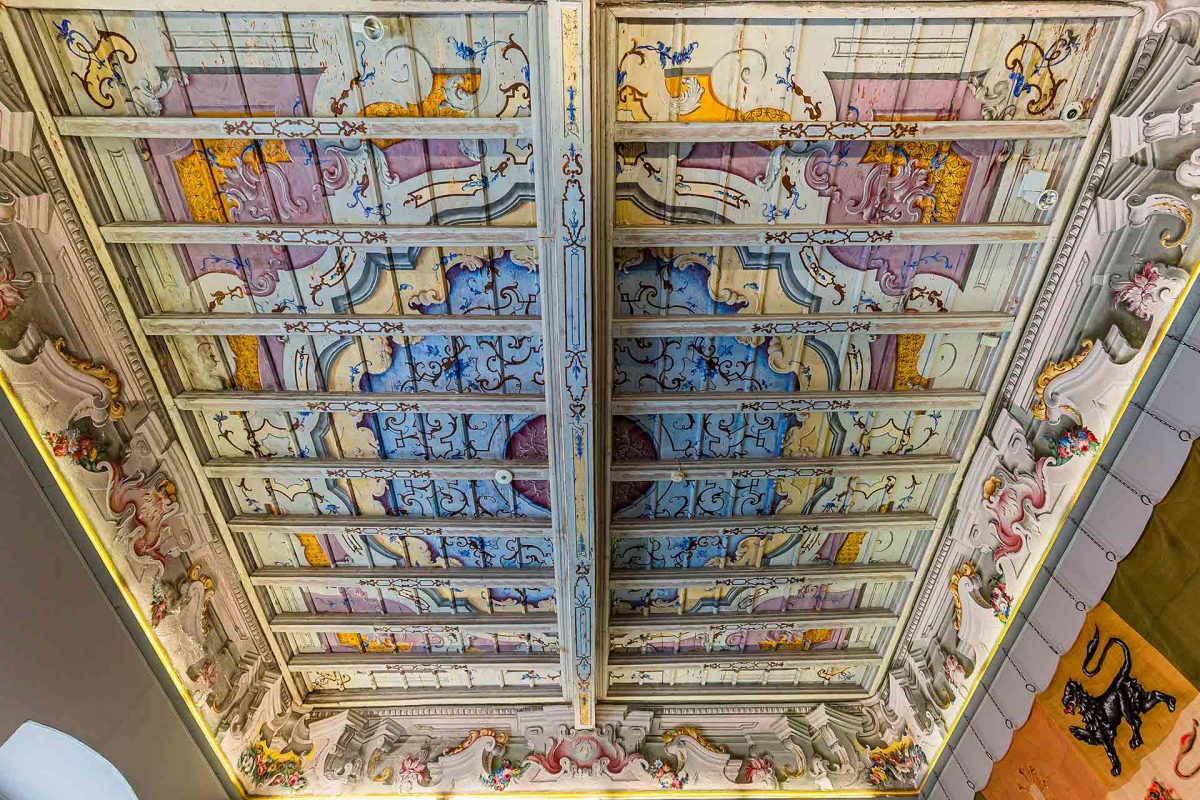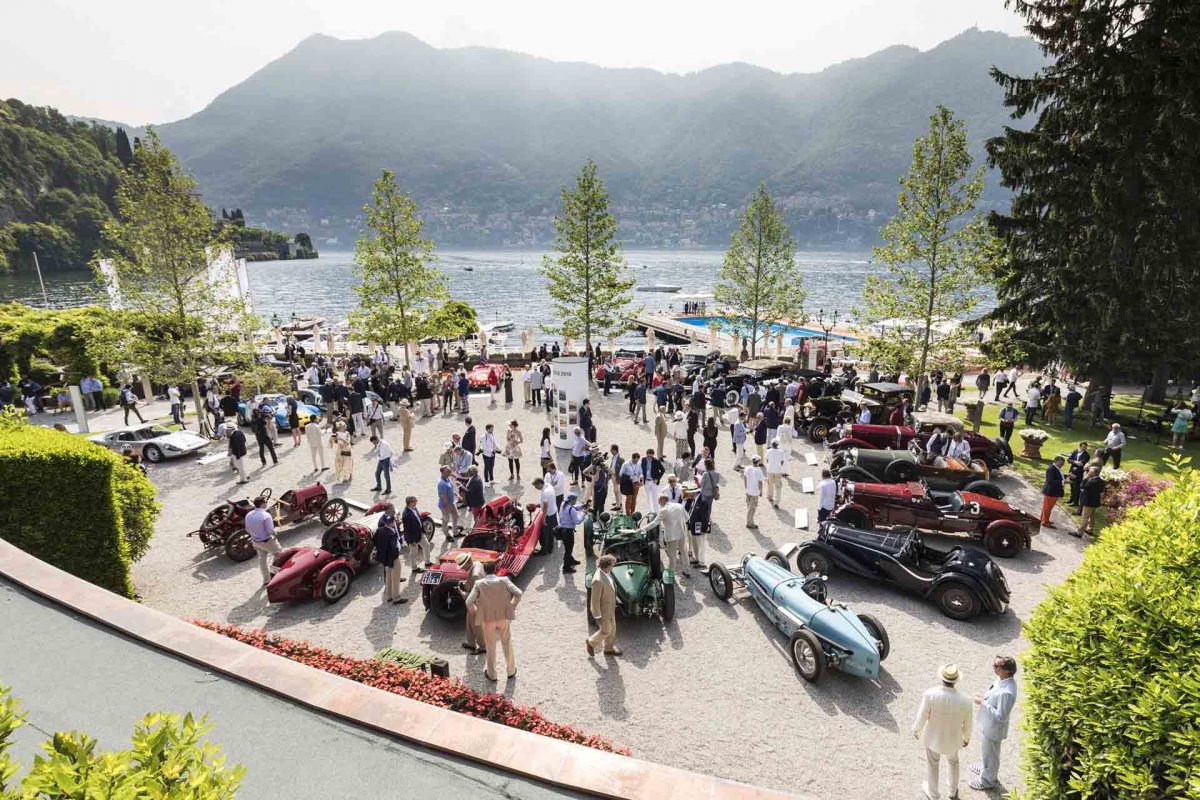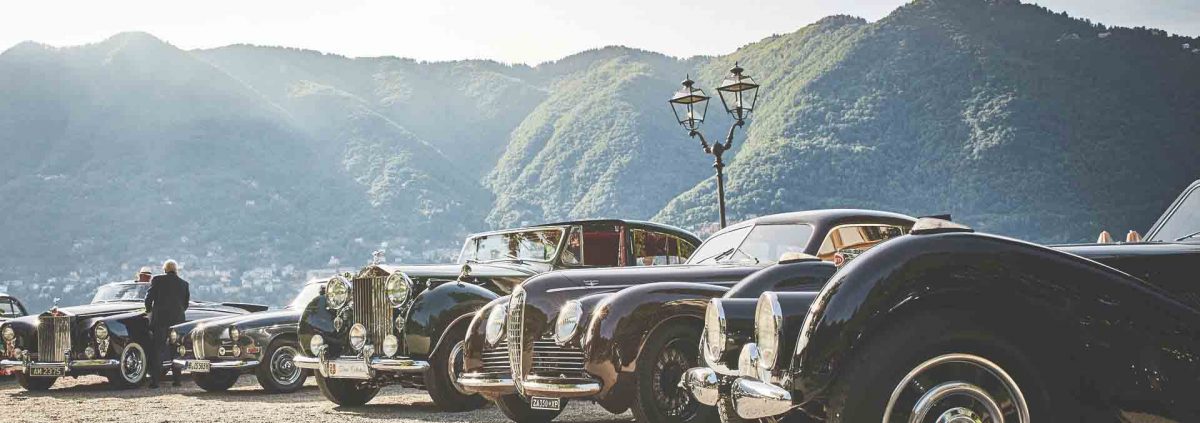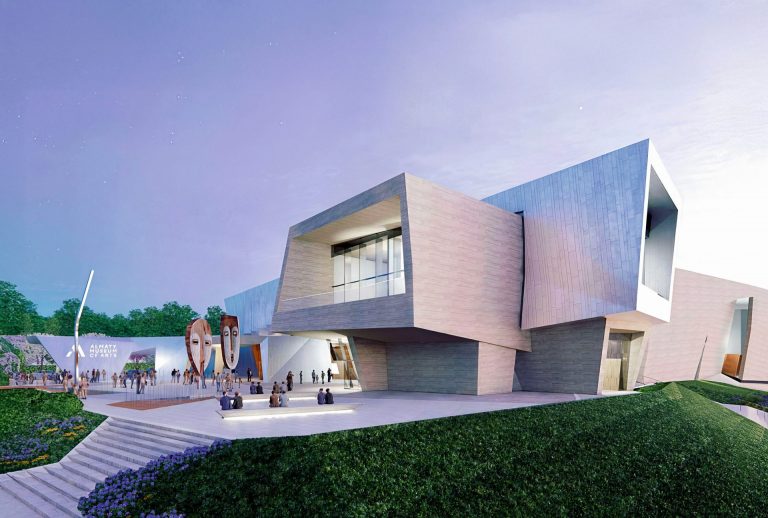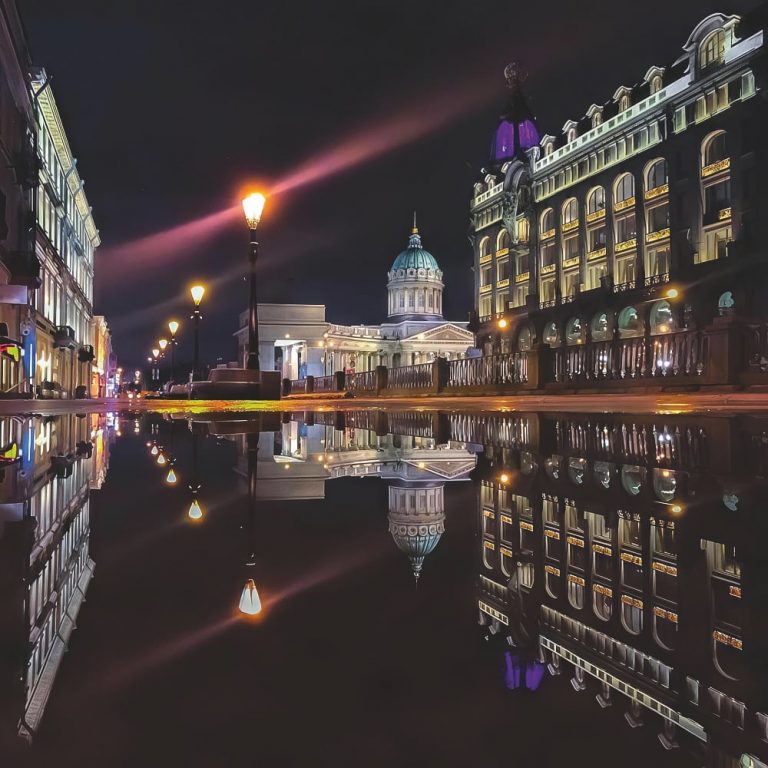Como is rightly considered one of Italy’s jewels, one of the most desirable places to visit and a jewel in the crown of the Italian Alps and the whole of northern Italy.
Lake Como, otherwise known as Lario, not far from Milan, adds to the charm of one of the world’s fashion capitals with its noble appearance. It is also luxurious, with a natural luxury that has been beckoning it since ancient times. An atmosphere of peace and relaxation, alpine peaks or stars reflecting in the mirror-like surface and the feeling that the daily grind and bustle are somewhere far away, while life is full of positive and new energy – this is what awaits you on these blessed shores. There is a reason why there are so many splendid villas here.
The lake looks like an inverted Y from above and is divided into three branches. On the left, just before the Swiss border, is the Como branch, on the right is the Lecco branch with the saw-like Mount Rezegone above and on the top is the Colico branch. In the centre of the lake, at the point where all three branches converge, is the splendid town of Bellagio.
Como
The branch of Como, and indeed the entire lake, is named after the town of Como. Although small, Como is rich in sights. One of the highlights is the Cathedral of Santa Maria Assunta, founded in 1399 and completed in 1740, which combines Gothic, Renaissance, Baroque and Rococo features in its architecture. It is full of statues, carved and stuccoed decorations and passageways that can get lost in it. The dome of the cathedral is the work of architect Filippo Juvarra, author of several royal residences in and around Turin.
Adjacent to the cathedral is the Broletto Town Hall with its clock tower and arches, and the square along which these buildings line up is often the epicentre of local festivities, as well as an evening laser show on the walls of the cathedral and neighbouring houses.
It gets dark quickly as the sun sets behind the towering peak of Tre Croci (the Three Crosses).

The mountain is rendered invisible at night, but the glow of the lights on its crest makes Brunate a sight to behold: it’s called the “balcony in the Alps” for the view it offers. In daylight, you can see not only the lake and the city of Como, but also the Swiss border and Milan, some 40 km away, on the horizon.
Also of interest in Como is the Volta Temple, a museum dedicated to the famous native of the city, the inventor of the first direct current source, Alessandro Volta. The building, designed in the form of a classic rotunda, displays objects that illustrate the life story of the scientist and tell the story of his discoveries.
Another interesting site at Como is the 11th century Romanesque basilica of Sant’Abbondio, of which there are not many in Italy. The two mighty square towers of grey stone are rather characteristic of German architecture.
The San Fedele Basilica is also built in the Romanesque style, but in the tradition of Northern Italy. Its asymmetrical facade overlooking the old piazza, once a bustling grain market, and the houses that have been built close together give the place a particularly picturesque character. Inside the church many animal sculptures, both real and mythical, catch the eye.
Lake Como is famous for its villas and the town of Como is no exception. In fact, the most luxurious one is located right here. It is Villa Olmo, a palace in classical style. It consists of a regular park with a fountain, a large English park immersed in greenery, halls decorated with bright murals, and a theatre with perfect acoustics. The villa once belonged to the Marquises of Odescalchi, but today it is a showroom.
Several neighbouring villas are separated from the beach by a promenade. Most notable among them are Villa Saporiti, an elegant palace with a semi-circular bay window, the neoclassical Villa Parravicini Revel and Villa Gallia, reminiscent of a Roman palazzo.
During this year’s Lake Como International Music Festival, which runs until 26 September, classical music concerts take place in many beautiful villas, in the open air and in the pine-scented air.
This region has always been famous for silk production. Its fabrics are often bought by renowned designers to create their collections. The best examples of local fabrics are on display at the Silk Museum. However, there are also a number of silk shops in the city.
A favourite destination for Como’s residents and tourists is the promenade along the lake, crossed by the breakwater, which offers spectacular views of both the water and the city. It makes for some great photos. Of course, you can take a boat on the promenade for a trip around the lake, any length of time. The only thing is that the mountains slightly block the view of the water, obscuring the perspective.
Bellagio
The town of Bellagio, on the other hand, is famous for its views. It has gathered all the beautiful things that people appreciate about these places. Bellagio is the quintessence of Lake Como, its nature, atmosphere, charm and harmony. Thanks to its unique location and varied scenic views, it has always attracted artists, musicians (Franz Liszt and his wife honeymooned here, for example), artists, politicians and monarchs. Nestled on a narrow strip of land at the foot of a pine-forested hill, the city is alive with the heady scent of pine needles and the purest of air. It’s hard to deny yourself the pleasure of sitting in one of the restaurants by the water, watching the white swans and passing yachts.
Bellagio is nestled on a hillside, and it is not surprising that the townscape is characterized by small squares and staircases. The most famous of the rises is the Salita Serbelloni Staircase, flanked on either side by an assortment of shops and cafes. At the top is the church of San Giacomo. Its bell tower was one of the towers of the fortress wall that once surrounded the town. Even higher up on the hill is Villa Serbelloni, named after one of the noblest families in the area.
Today it belongs to the Rockefeller Foundation and is closed to tourists, but the park can be visited with a guide. By the way, the luxurious lakeside hotel is named after the villa: Grand Hotel Villa Serbelloni.
Another important landmark in Bellagio is the private Villa Melzi, owned by the Gallarati Scotti family. It is built a short distance from the centre and is surrounded by a picturesque park with exotic plants and historical statues of different peoples and eras.
Walking through the narrow streets of the town you can reach the very edge of the promontory and enjoy a magnificent panoramic view of the lake – on all three sides, snow-capped mountain peaks and the surrounding towns with their towering bell towers. Varenna is on the right and Tremezzo is on the left and both towns can be reached very quickly by ferry (also with a car).
Varenna and Tremezzo
Along the entire promenade of Varenna, sometimes right above the lake, there is a flowering “Path of the Patriarchs” (or “Road of Love”). There are two villas in town: the Cipressi is a popular hotel for honeymooners, and the Monastero, where Nobel Prize winner Enrico Fermi lectured on physics.
On the hill is Castello di Venezia, built on the site of an ancient Roman fort and recently decorated… with ghostly figures.
Another place to admire the lake in all its splendour is the Baluardo panorama, surrounded by cypress trees. This is also where the shortest river in Italy, the Fiumelatte (around 250m) dries up in winter. Incidentally, this fact interested Leonardo Da Vinci and he mentioned the river in his “Atlantic Codex”.
Varenna has interesting churches. These are San Giorgio with notable frescoes and a bell tower, a striking example of Northern Italian architecture, and San Giovanni Battista, one of the oldest churches on the lake.
Tremezzo is slightly larger than Varenna. It is famous for its wonderful views over the lake, the Church of Santa Maria, which houses a statue of the Black Madonna, and splendid villas, including Sola Cabiati, or Villa Serenity (part of the Grand Hotel Tremezzo), and Villa Carlotta, rich in works of art and famous for its park with many stairs, fountains and plants from all over the world.
Until 11 September, Tremezzo hosts the Tremezzina Music Festival, a jazz festival in the Teresio Olivelli Park.
At the beginning of October, from the 1st to the 3rd, Como invites to the Concorso d’Eleganza Villa d’Este, one of the world’s most prestigious vintage car shows. It will be held in the town of Cernobbio in the luxurious Villa Erba, close to the Renaissance Villa d’Este. The perfect option for the Velvet season. All the more so as Lake Como is like a country within a country, a whole world within Italy that can be explored and discovered again and again.
Photo: shutterstock, adobe, lacmusfestival.com, thebluntpost.com, iStock, dreamstime


